Moths of the Lower Rio Grande Valley
Less Common, but Regular Moths
Owlets
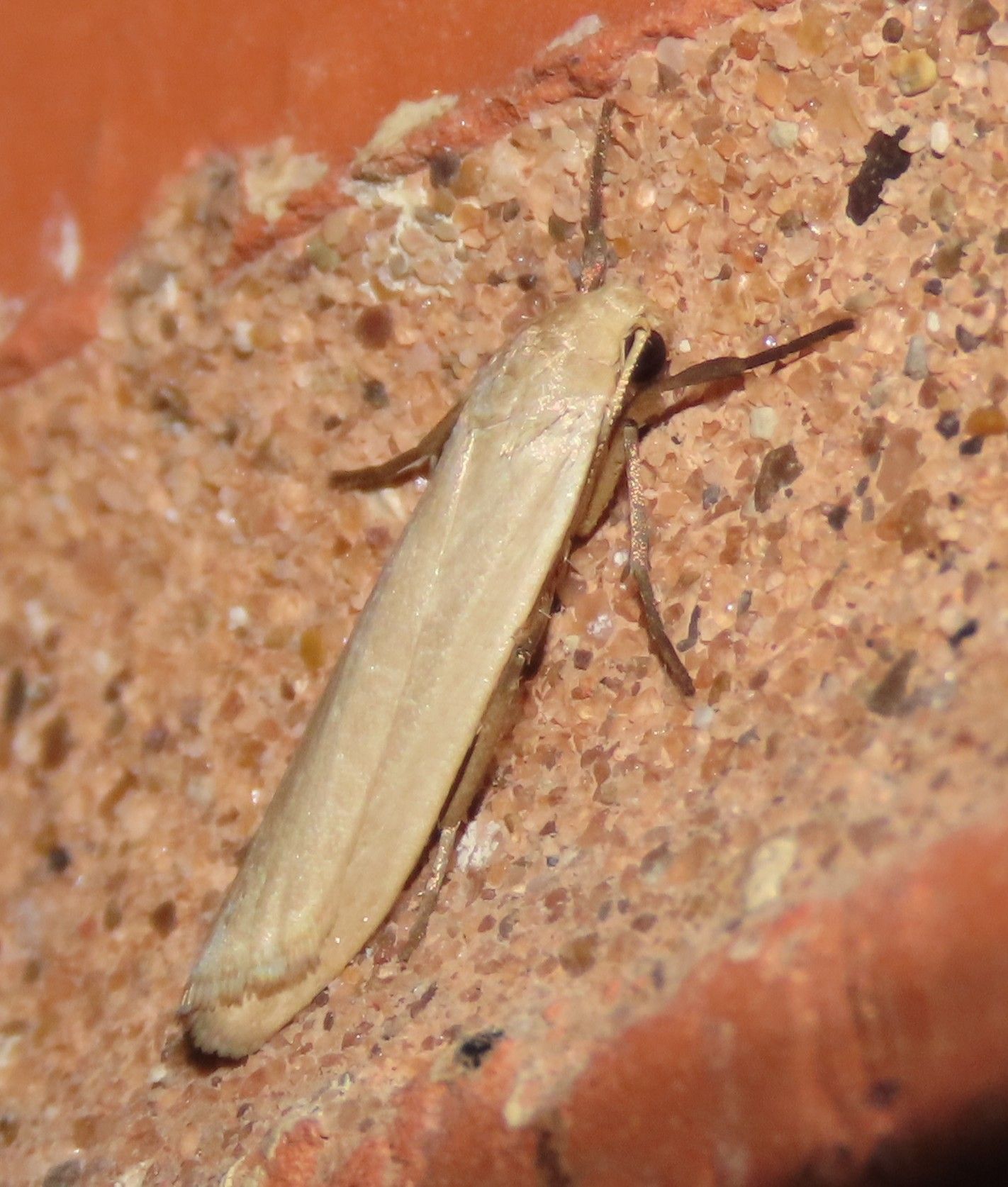
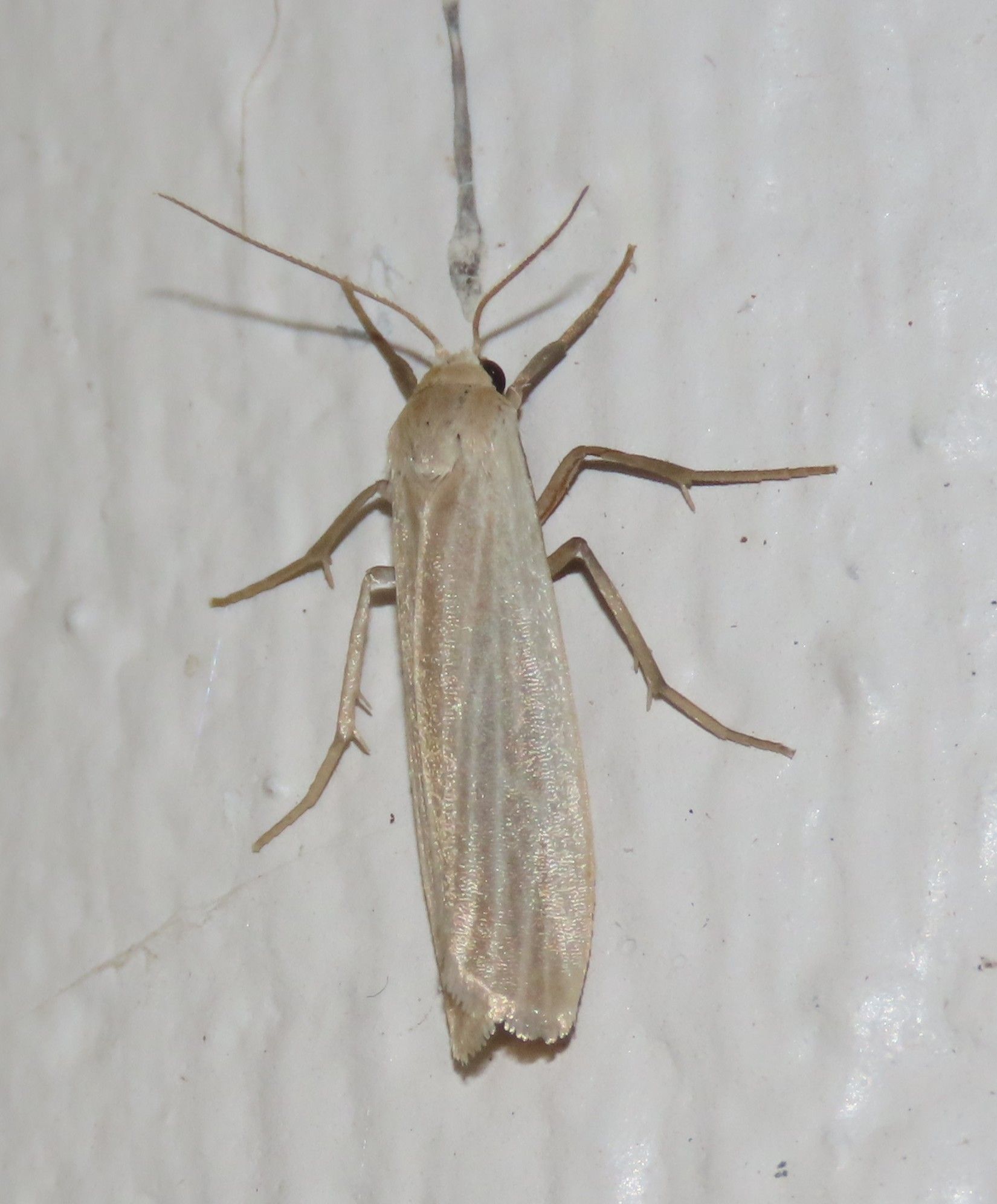
Myrlose Lichen Moth (Crambidia myrlosea)
A skinny, plain blonde moth with no real field marks, but will sometimes show subdued lighter veining. Recorded January to July, with records in September.
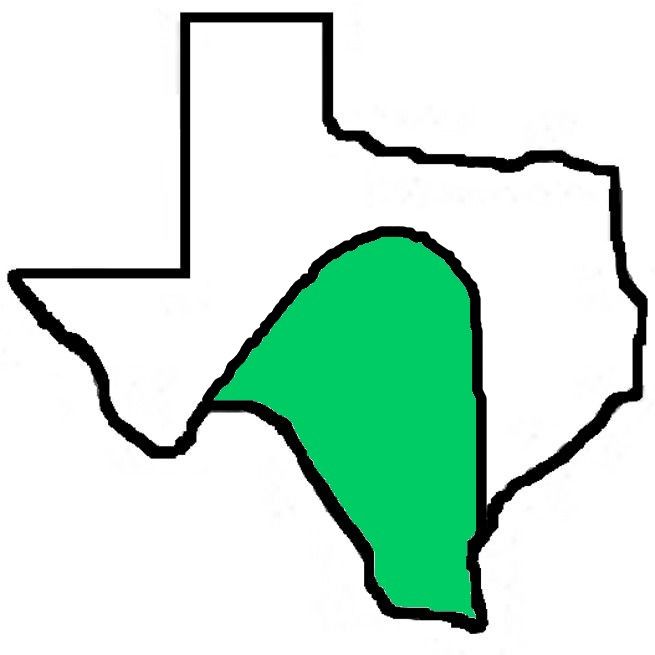
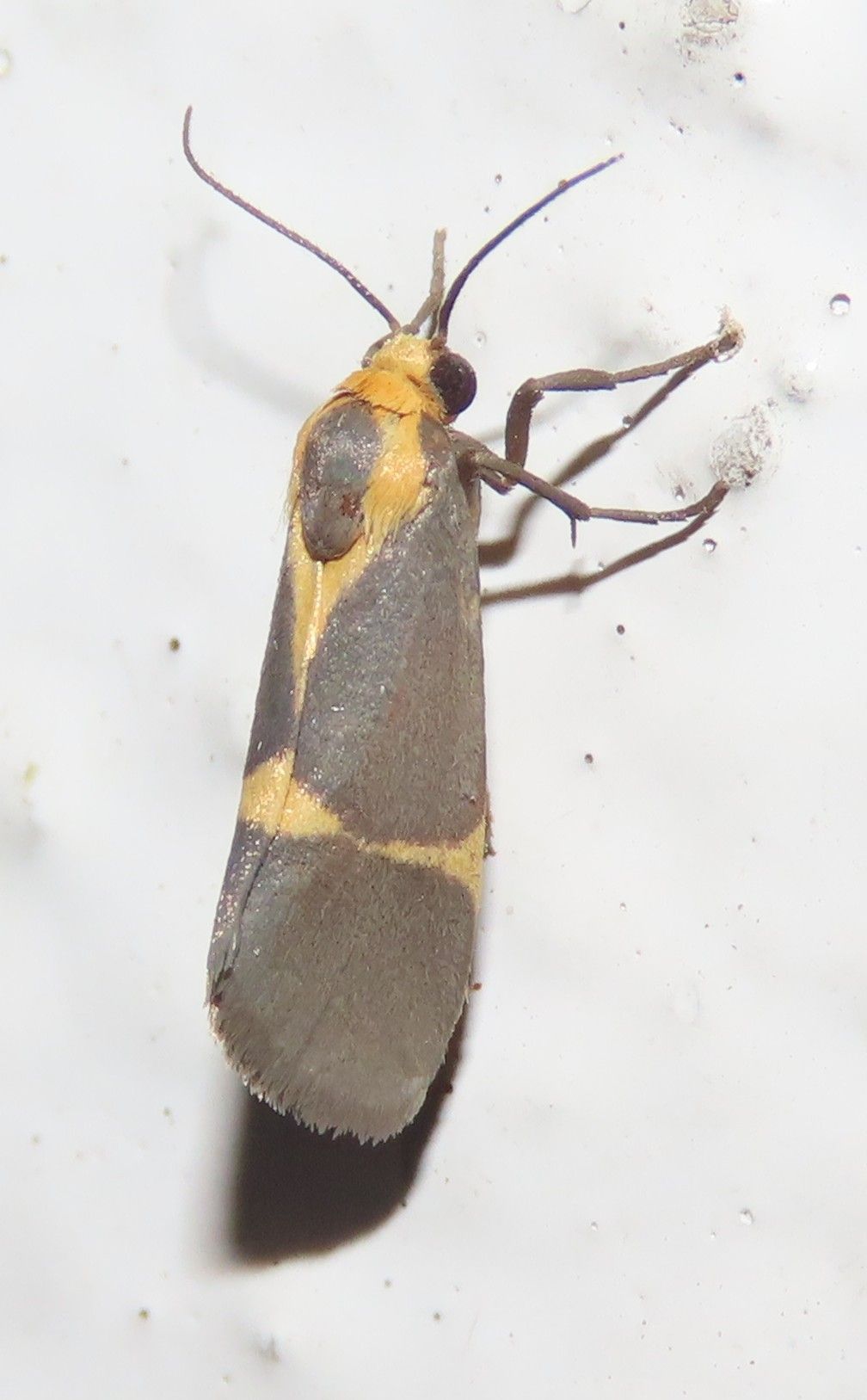
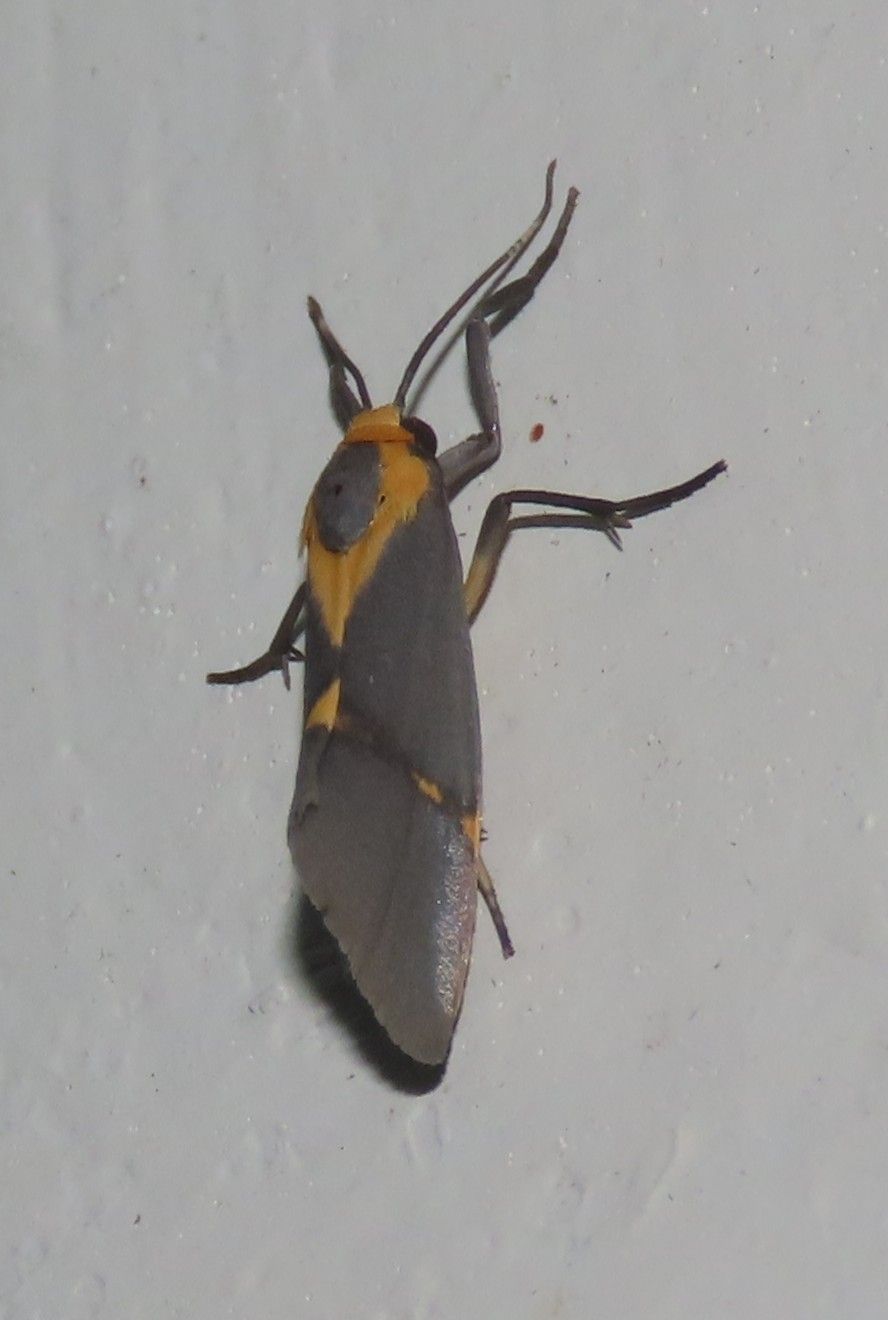
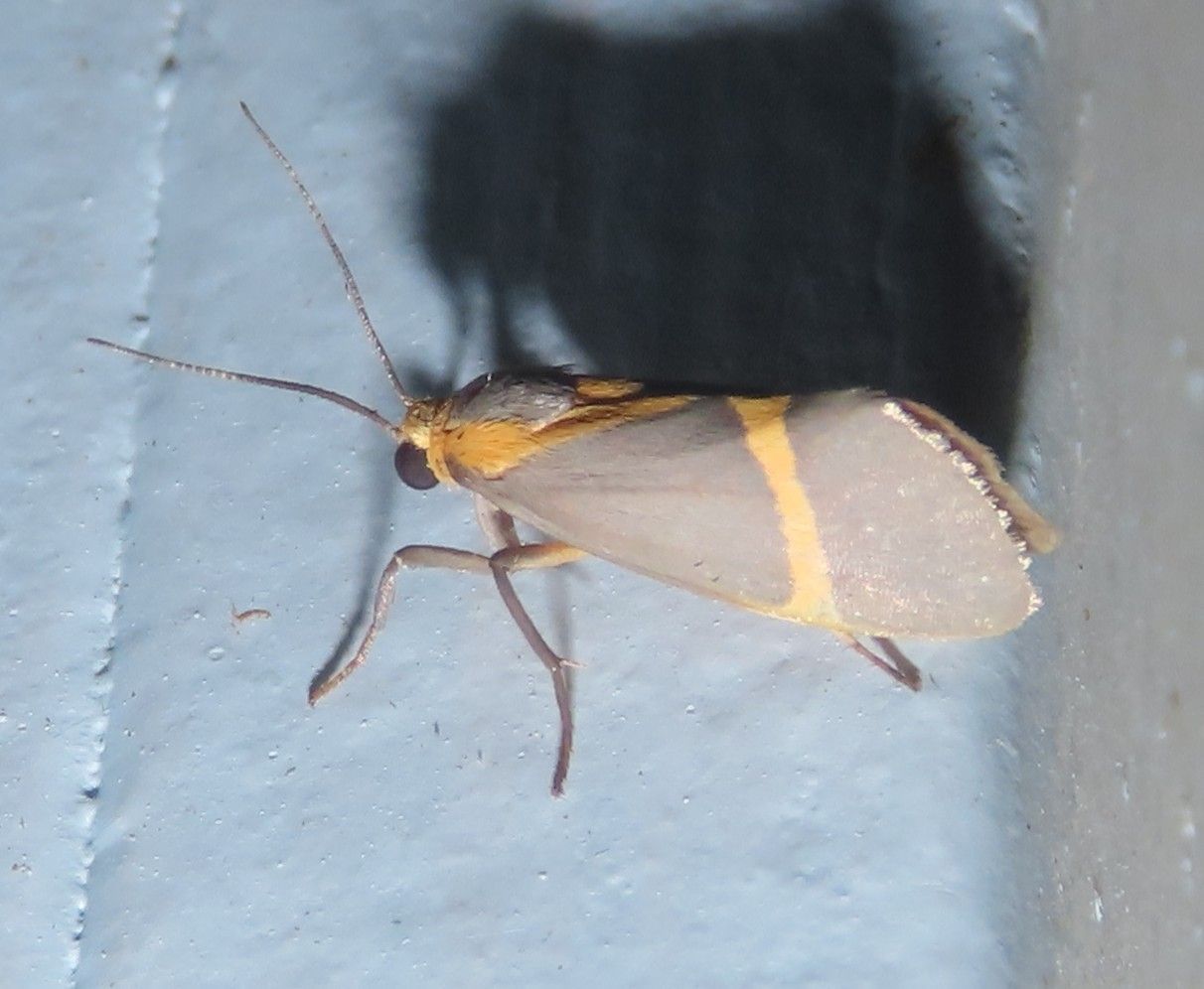
Thin-banded Lichen Moth (Cisthene tenuifascia)
Of the three similar species of lichen moths found in the Valley, this is the one most often encountered. It is easily told from the other two (Tamaulipan - C. subrufa, and One-banded - C. unifascia) by its entirely black forelegs. While the other two species typically show black-and-yellow forelegs, sometimes the Thin-banded appears to have banded legs, causing confusion. Recorded March to April and October to January, with records in July.

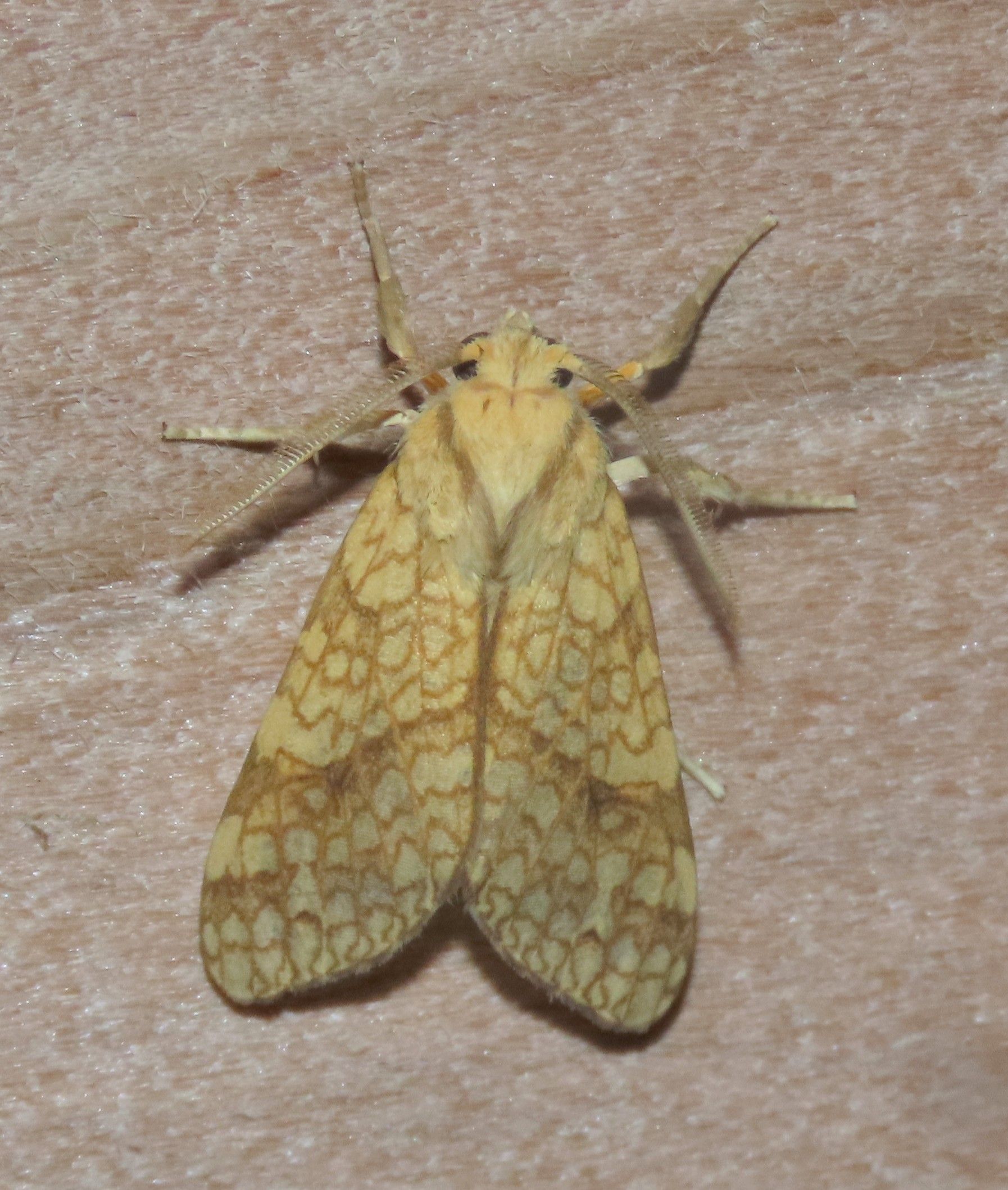
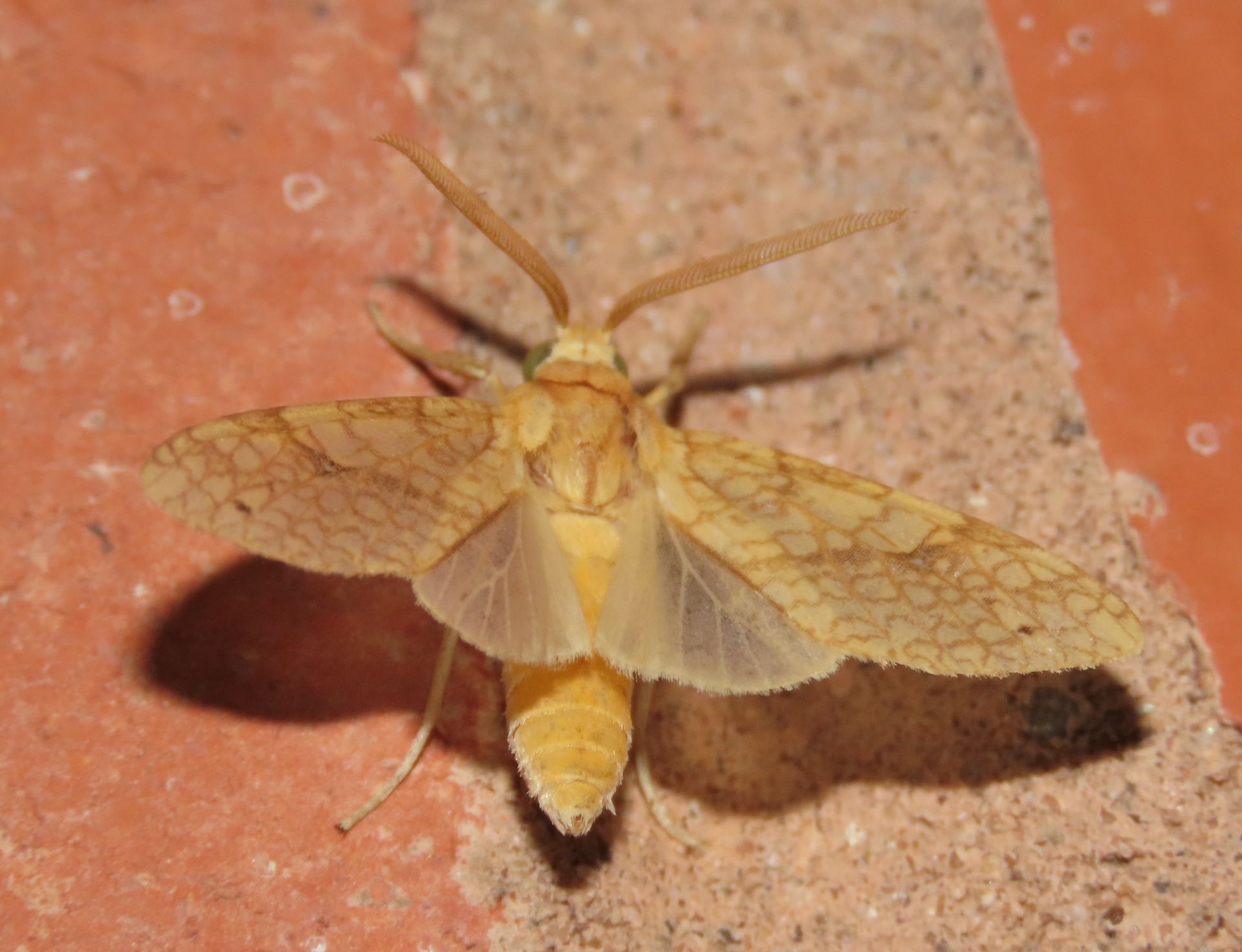

Santa Ana Tussock Moth (Lophocampa annulosa)
This medium-sized yellow moth is intricately patterned with brown circles and scallops, with a darker PM band. Sometimes the AM band is filled, creating somewhat of an "X" pattern on the back. Despite the name, it is not restricted to Santa Ana NWR, but occurs up the Gulf Coast to Louisiana. Recorded March to June, with records in August and October.
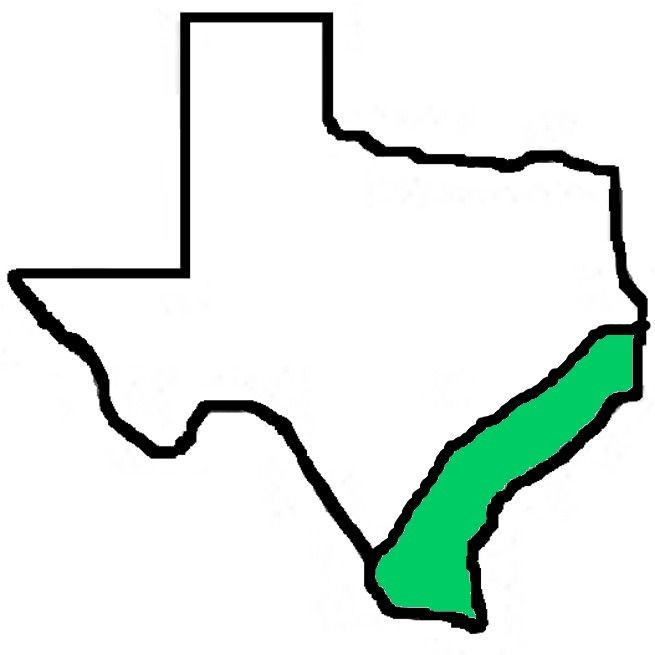

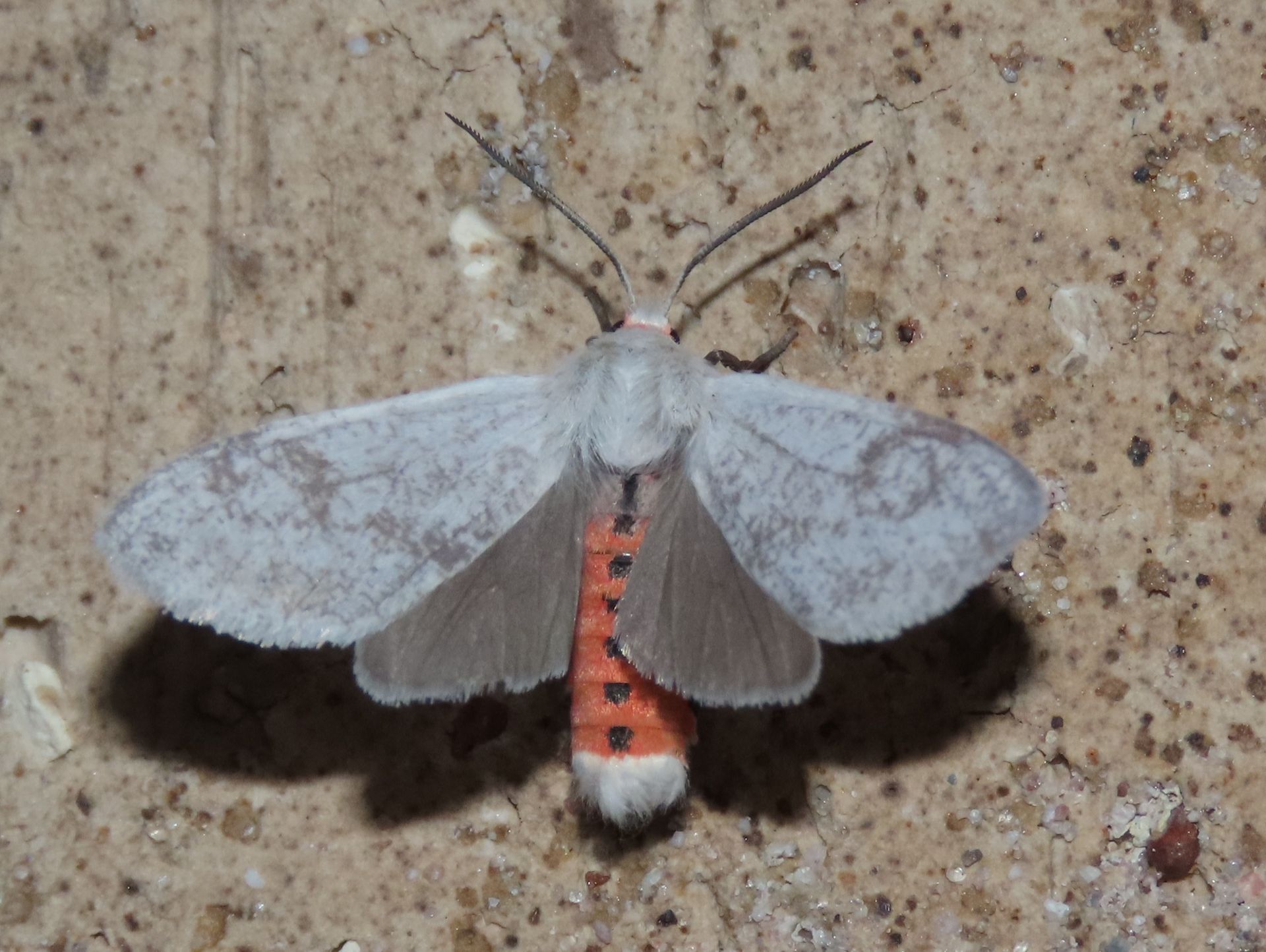
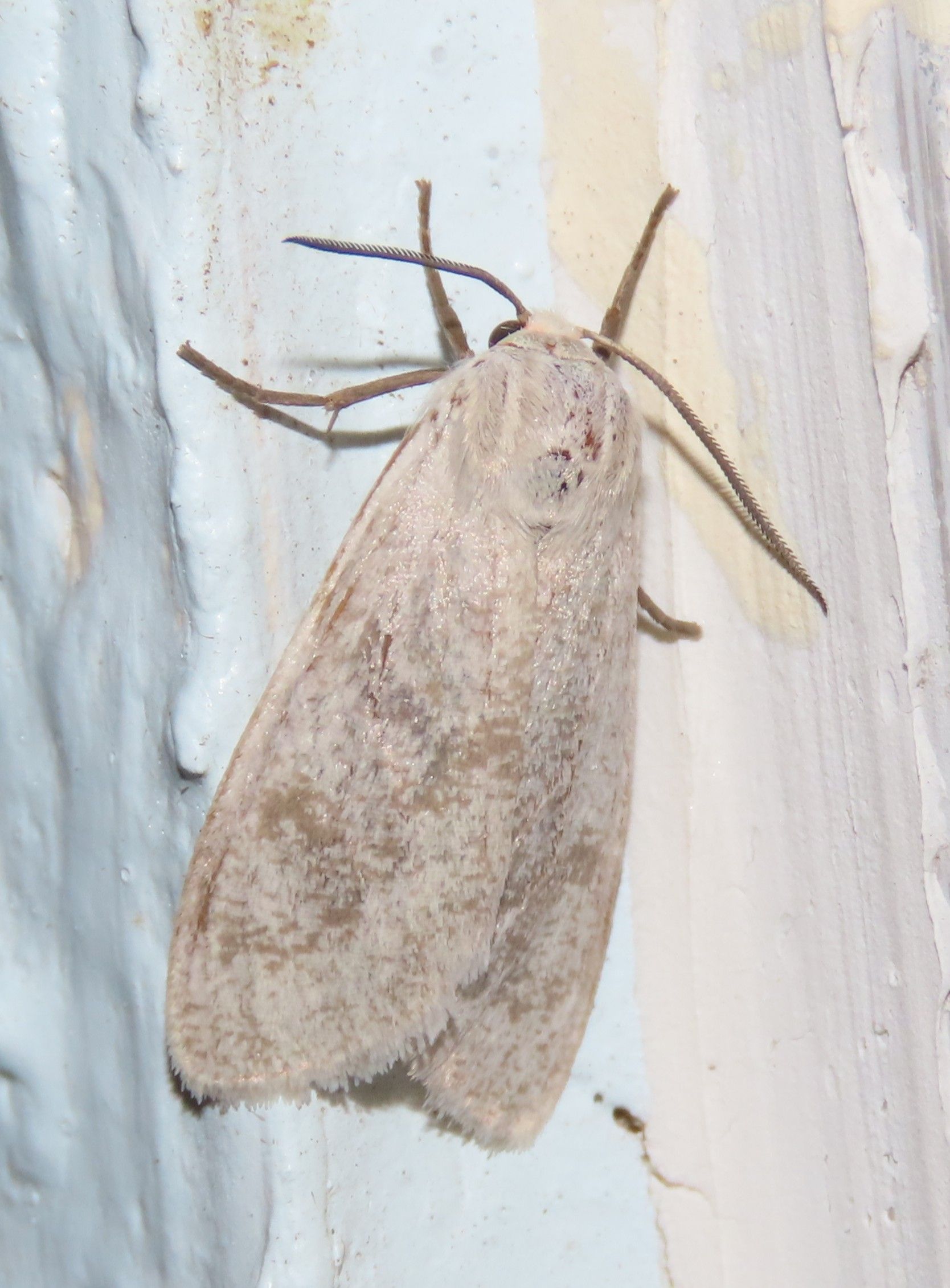
Bolter's Tussock Moth (Euchaetes bolteri)
Males (left) are entirely black, while females are pale with varying amounts of grayish mottling. The abdomen is startlingly red with a row of black dots. Recorded February to May, with records in October.
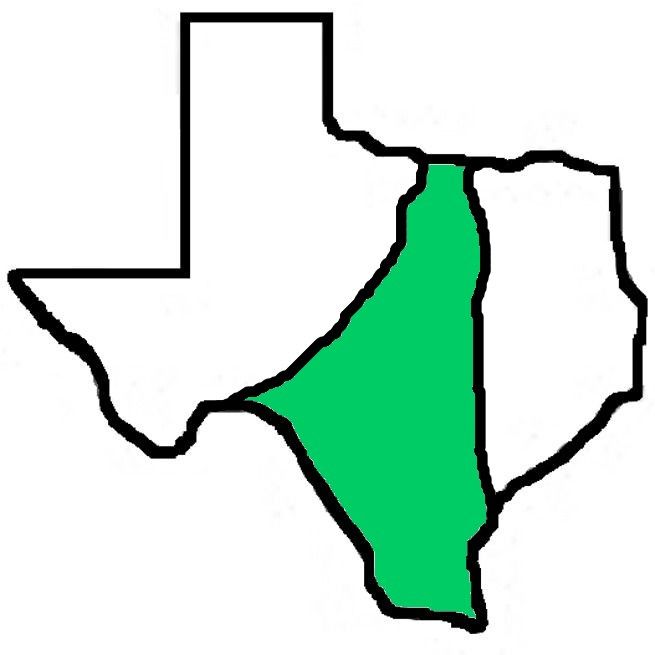
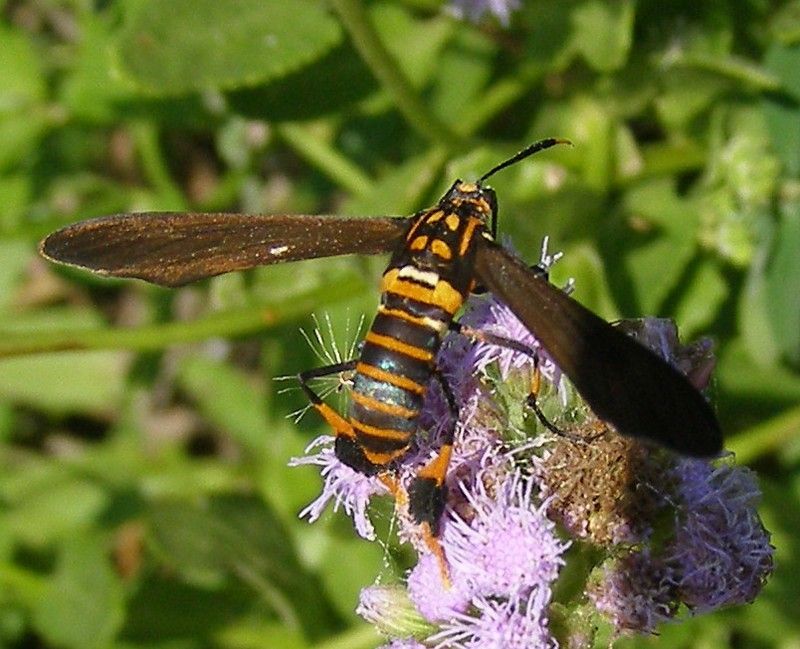
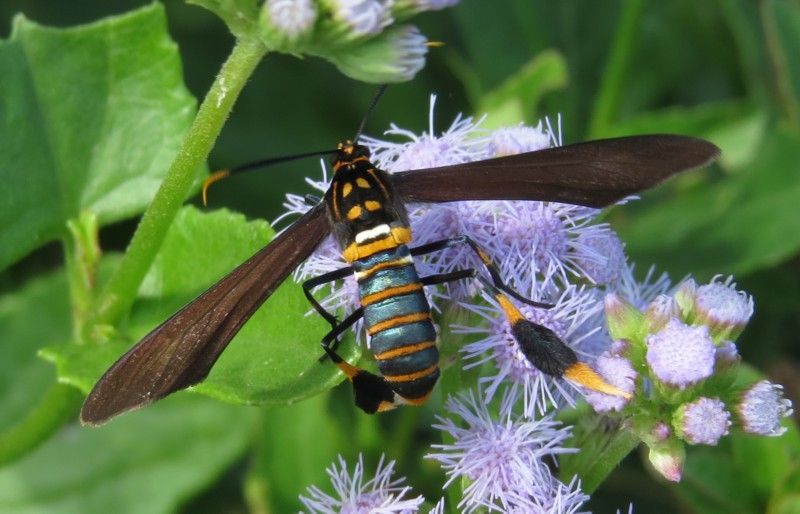
Texas Wasp Moth (Horama panthalon)
These day-flying moths are easily passed off as wasps, hence the name! The most common of the wasp moths found in south Texas, this bug has a banded abdomen, solid dark brown wings, and four golden spots on the thorax. Recorded July to November, with records in January and May.
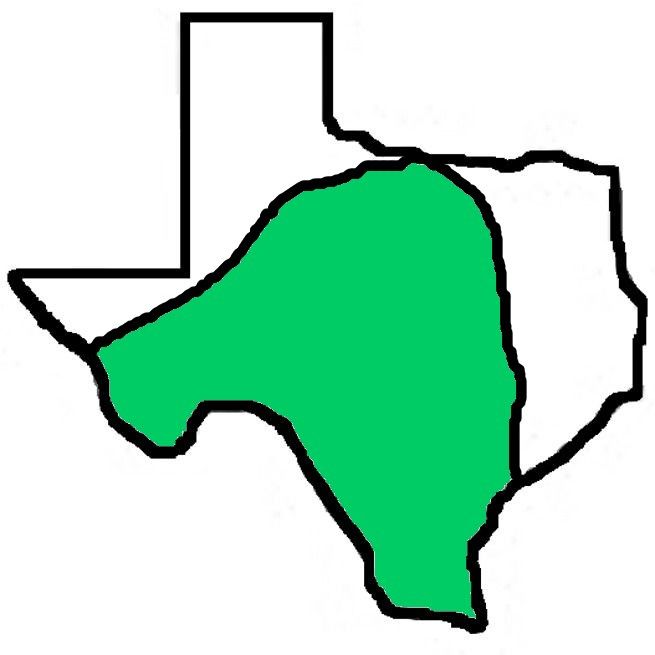
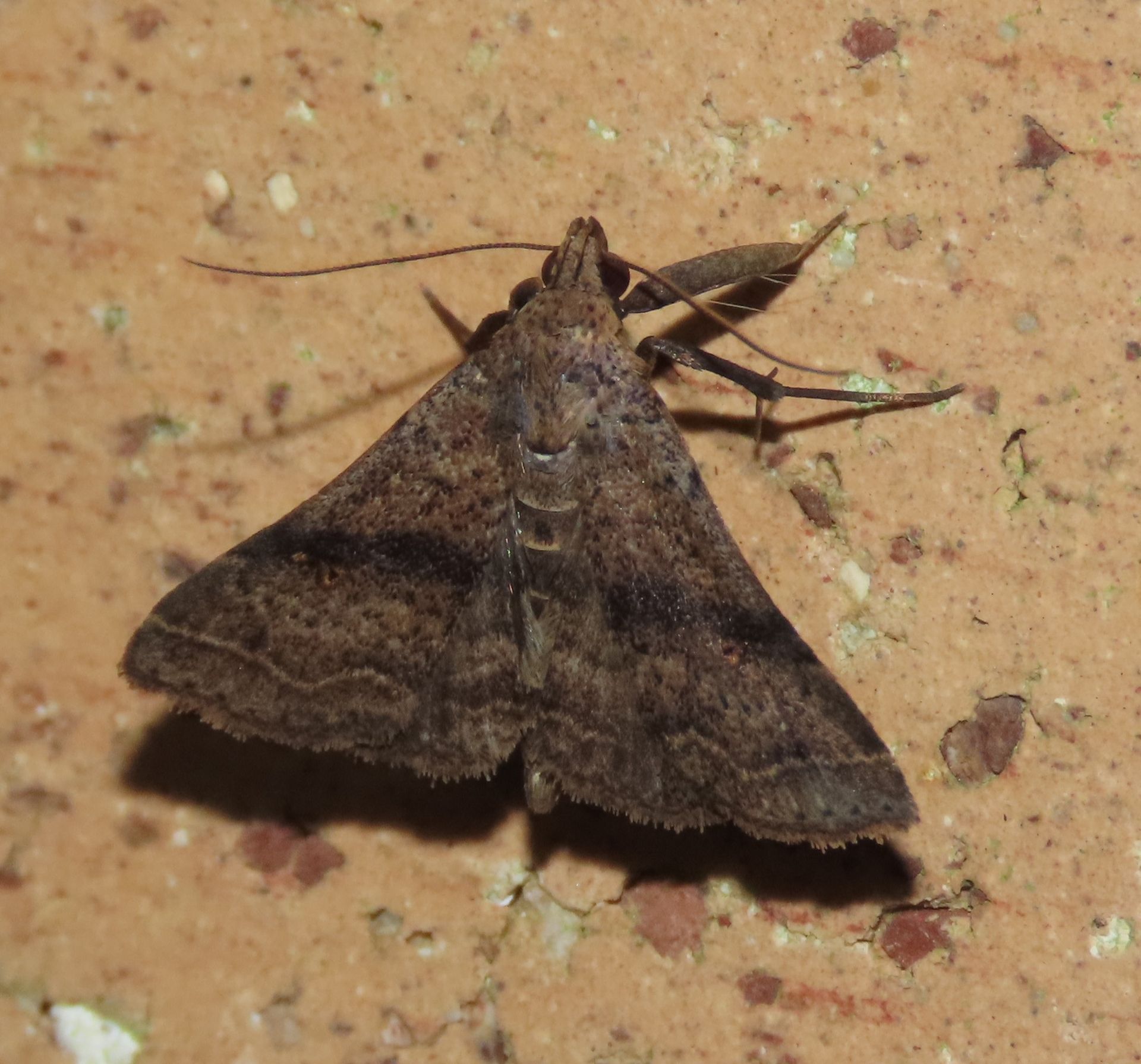
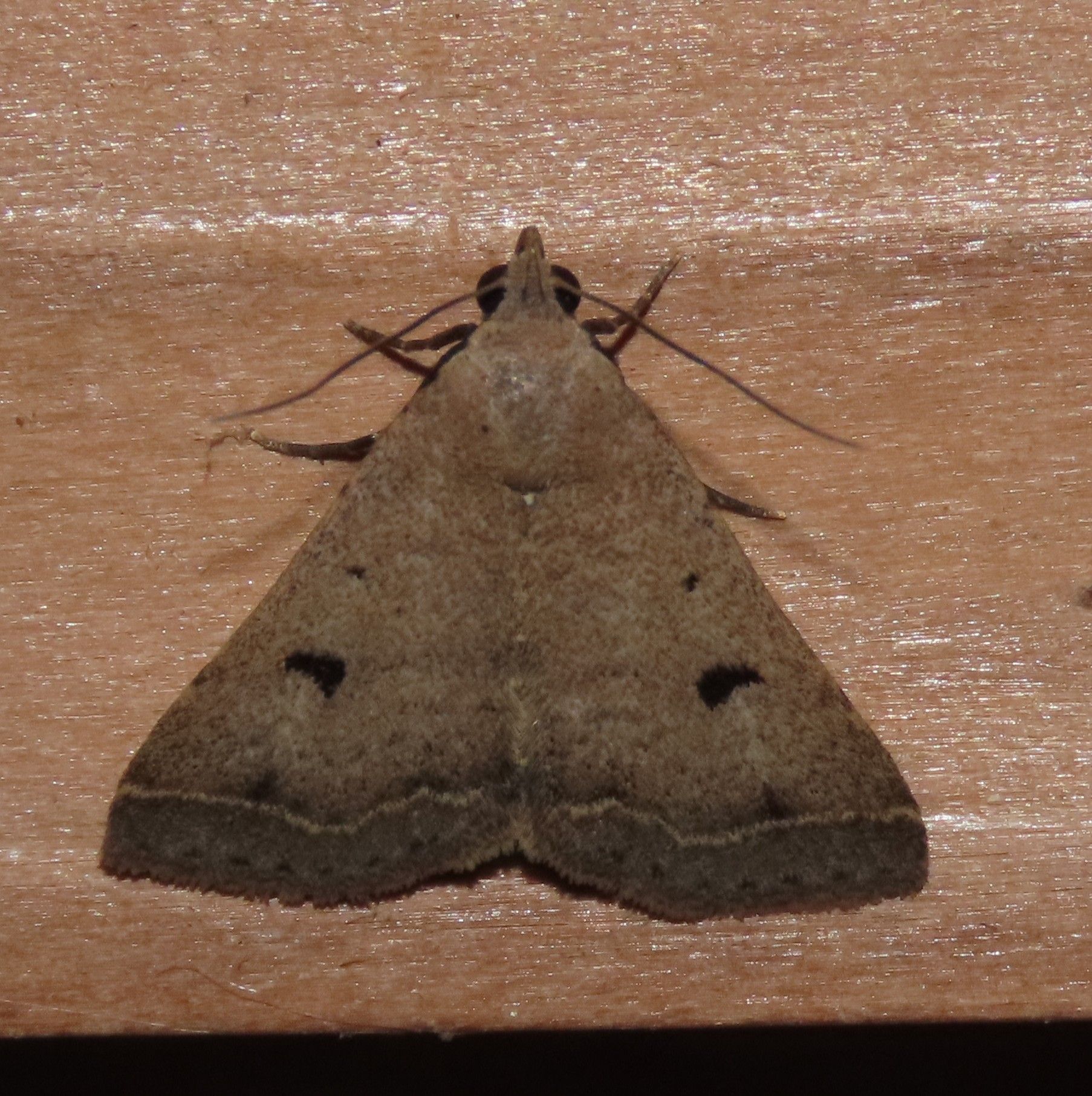
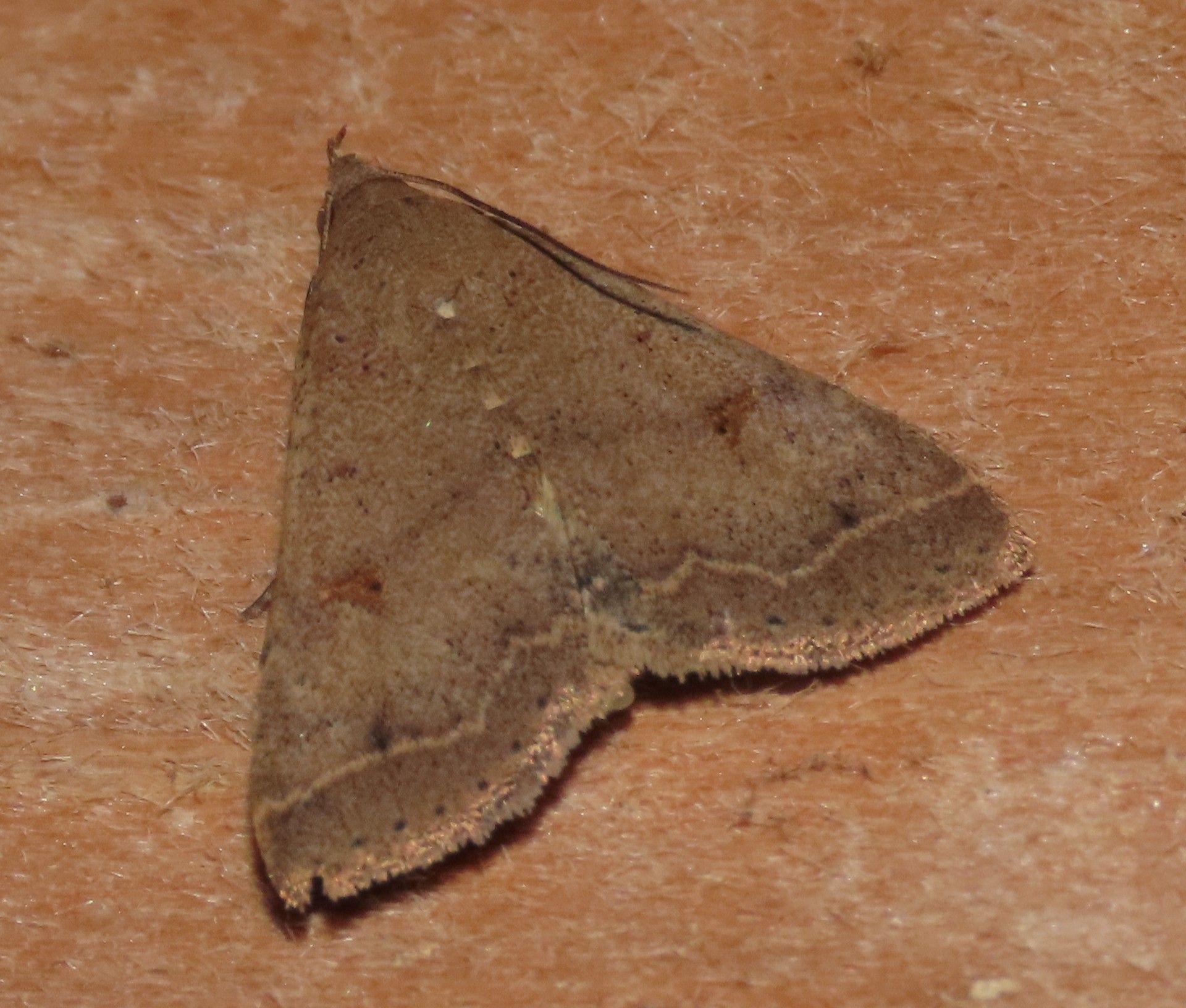
Bent-winged Owlet (Bleptina caradrinalis)
This highly variable "delta moth" usually has a darker median band (ranging from obvious to nearly absent) and reniform spots that can be either orange, black, or a combination thereof. Almost all show a thin, paler ST line, and the male has a concave bend in the wing, hence the name. Recorded May to August, with one record in February.
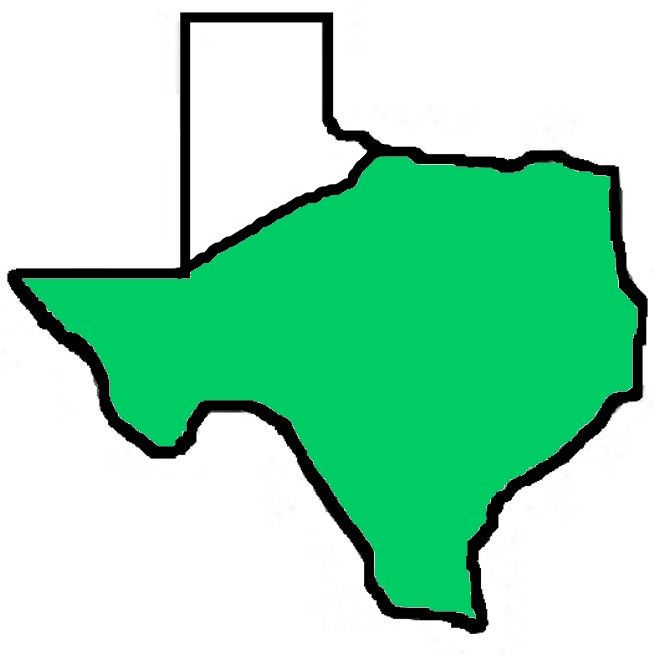
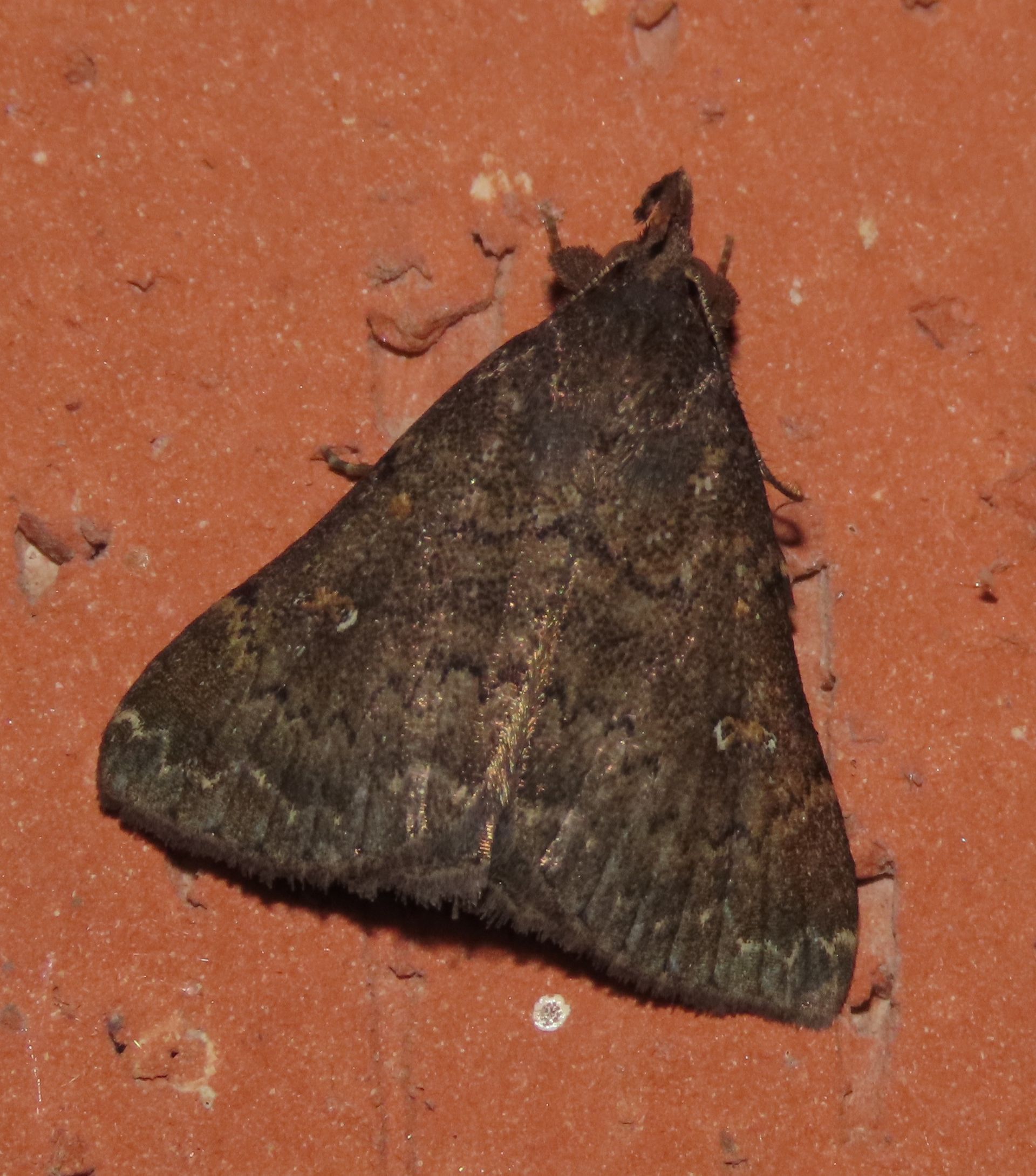
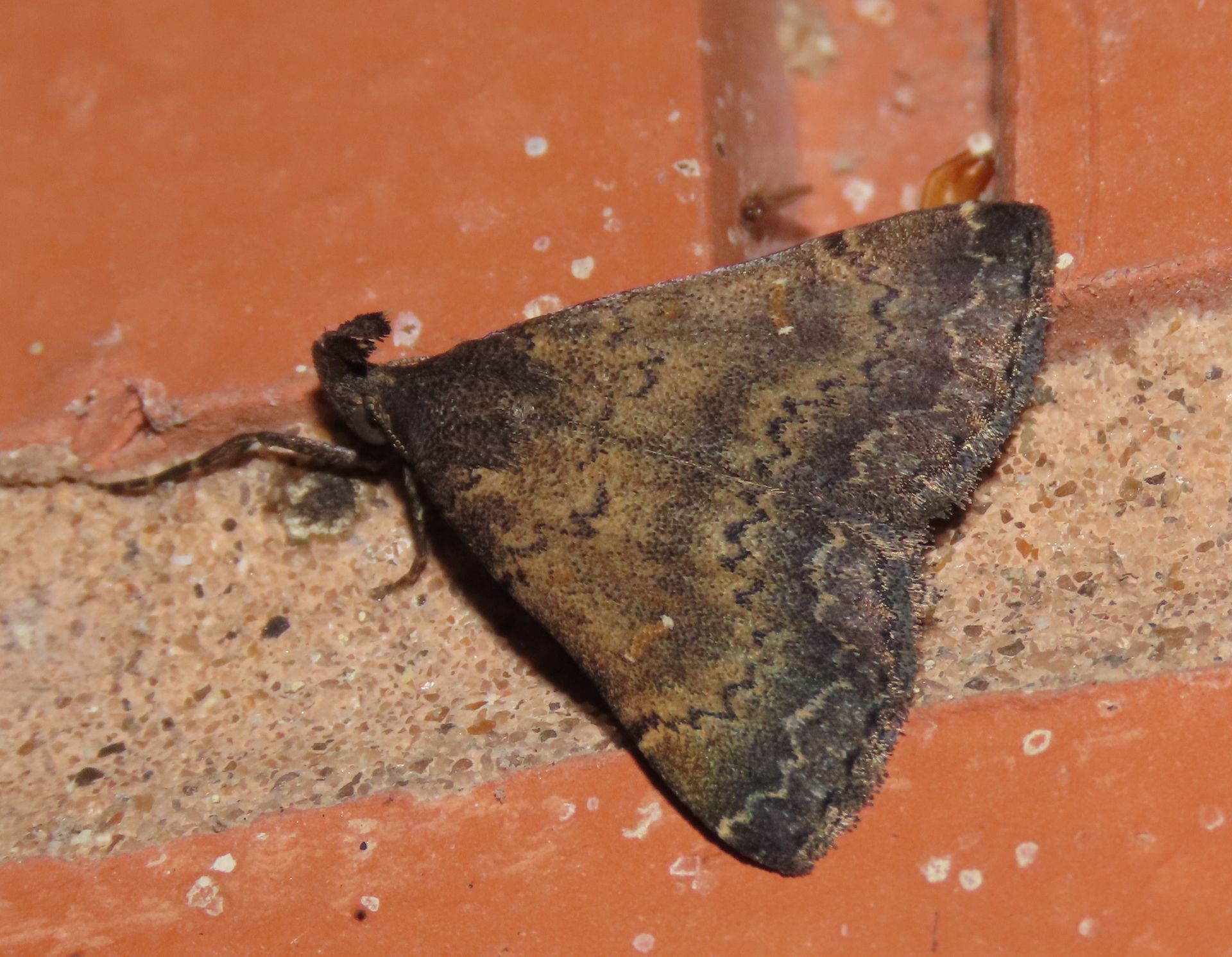
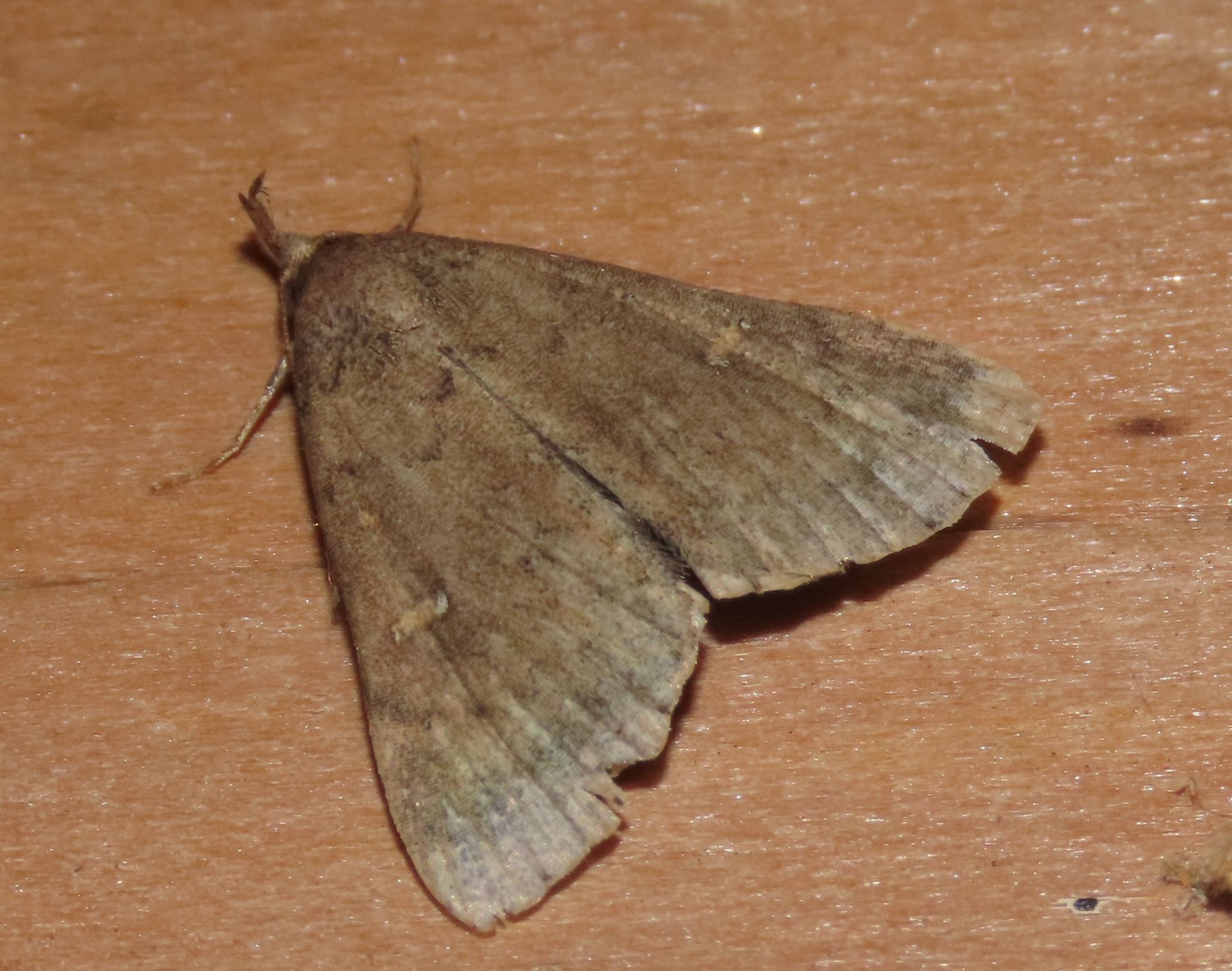
Long-horned Owlet (Hypenula cacuminalis)
Another variable "delta moth" and very similar to the Bent-winged, this litter moth has jagged AM and PM lines, and always shows an elongated orange reniform spot with a white dot on either end. Recorded May to August, with records in October and December.
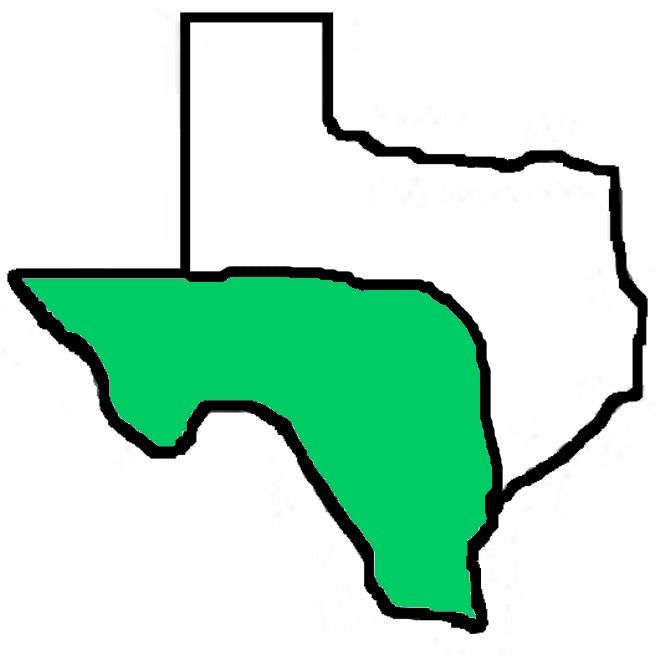

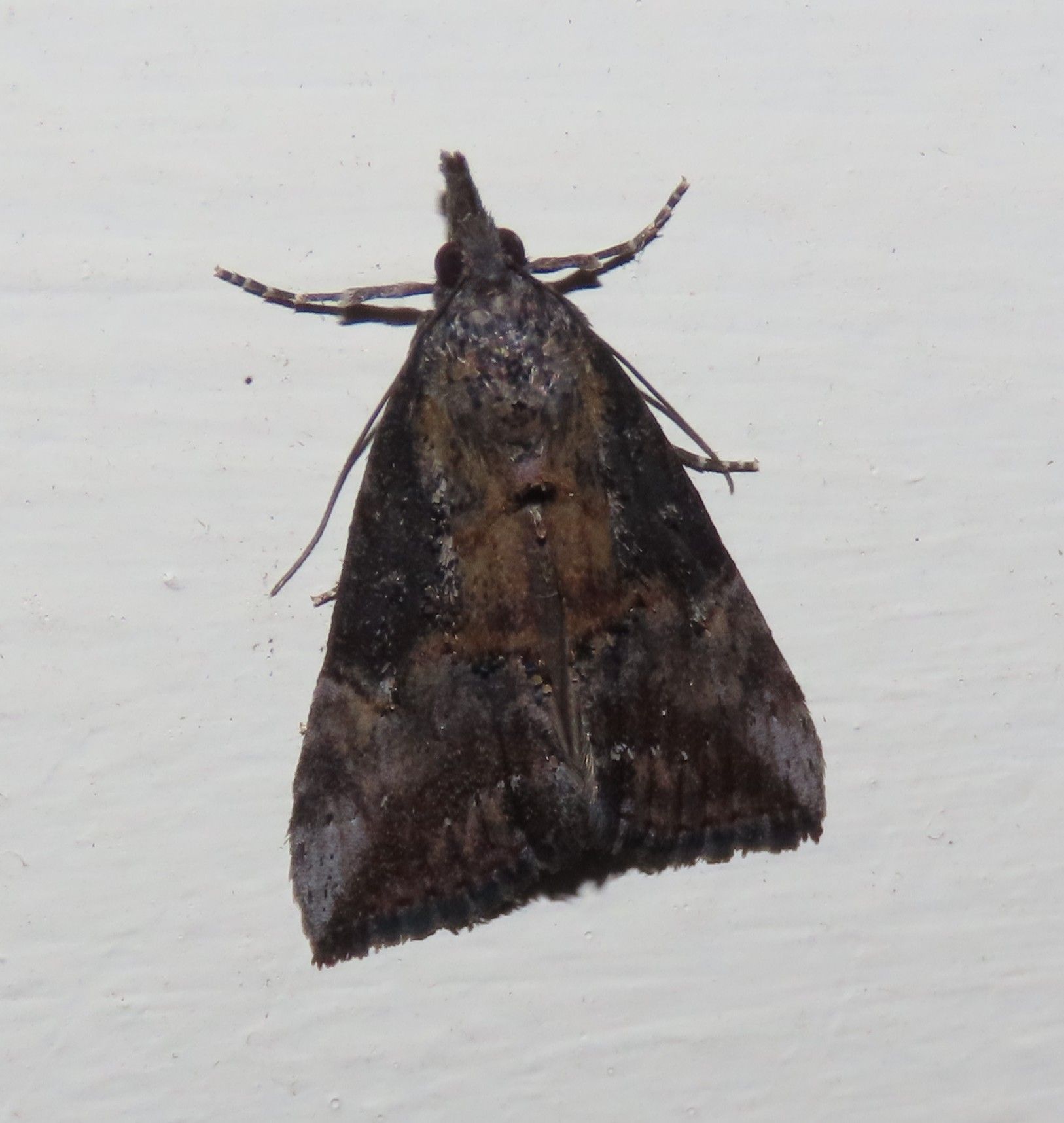
Green Cloverworm (Hypena scabra)
Snouts are characterized by their long palps ("snouts"), and the Green Cloverworm in particular can be told from other snouts by the relatively straight PM line that makes a dip near the outer margin. They also show a gray wedge in the apical area, easier to see on darker individuals (right). Recorded January to March.

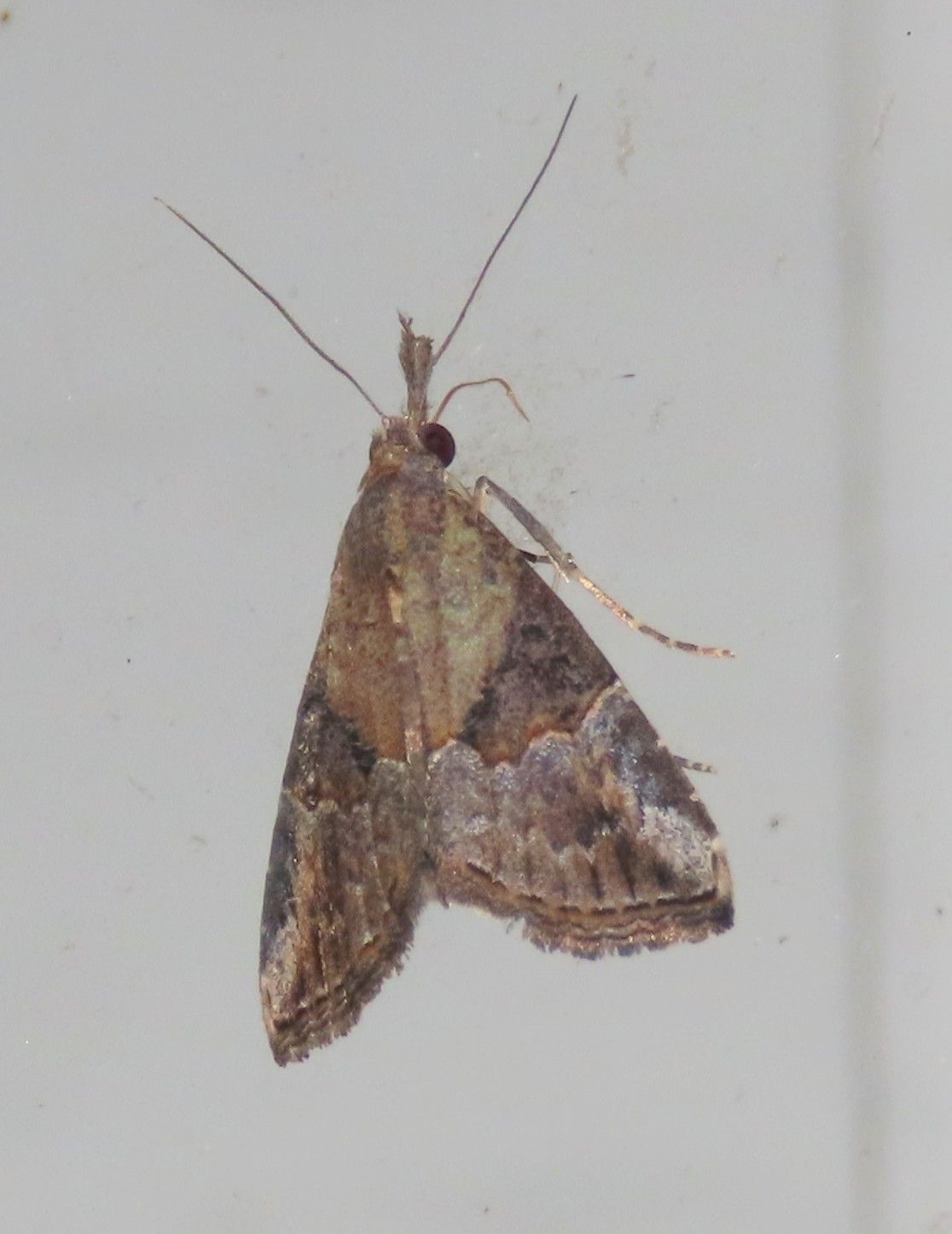
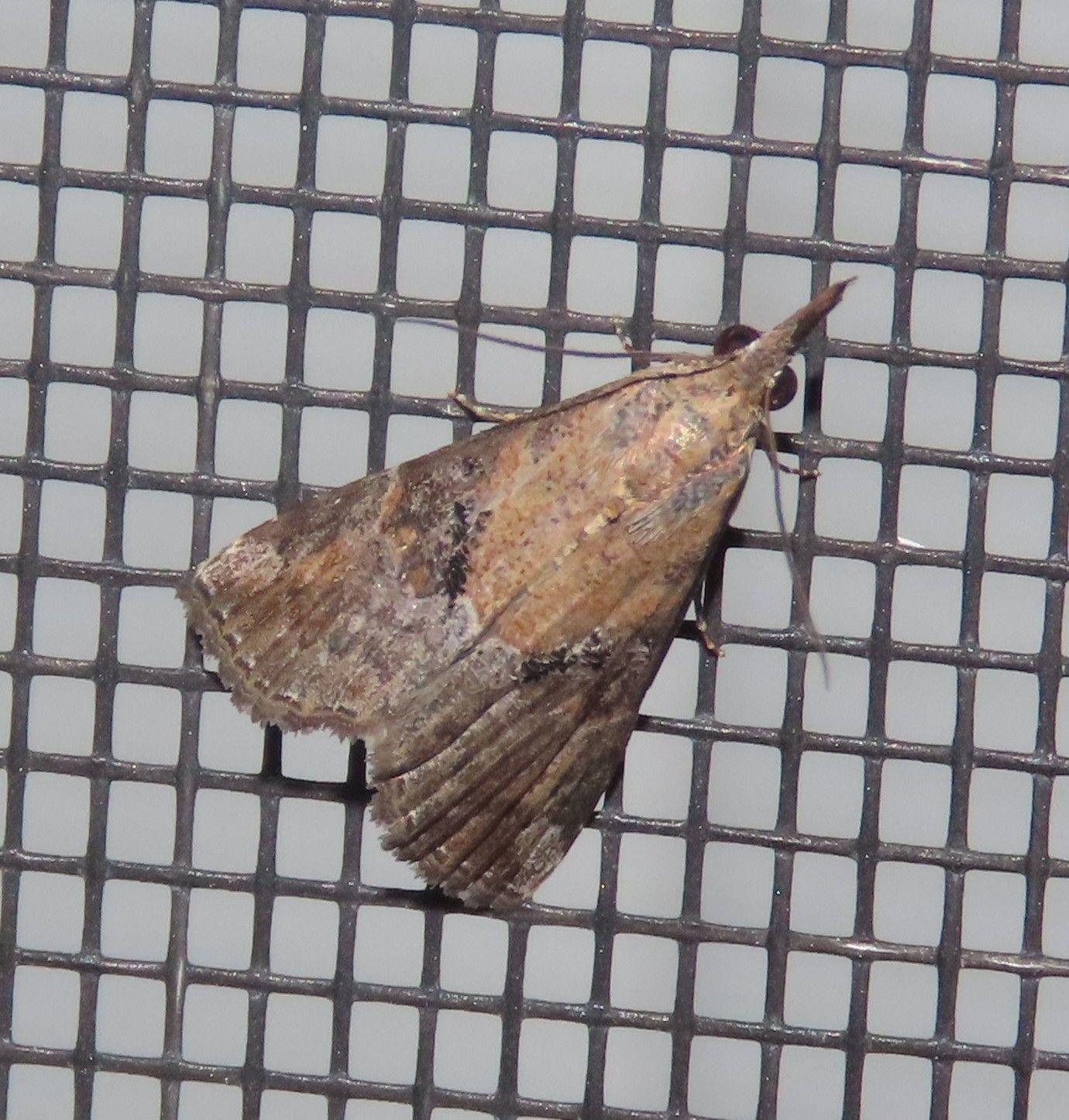
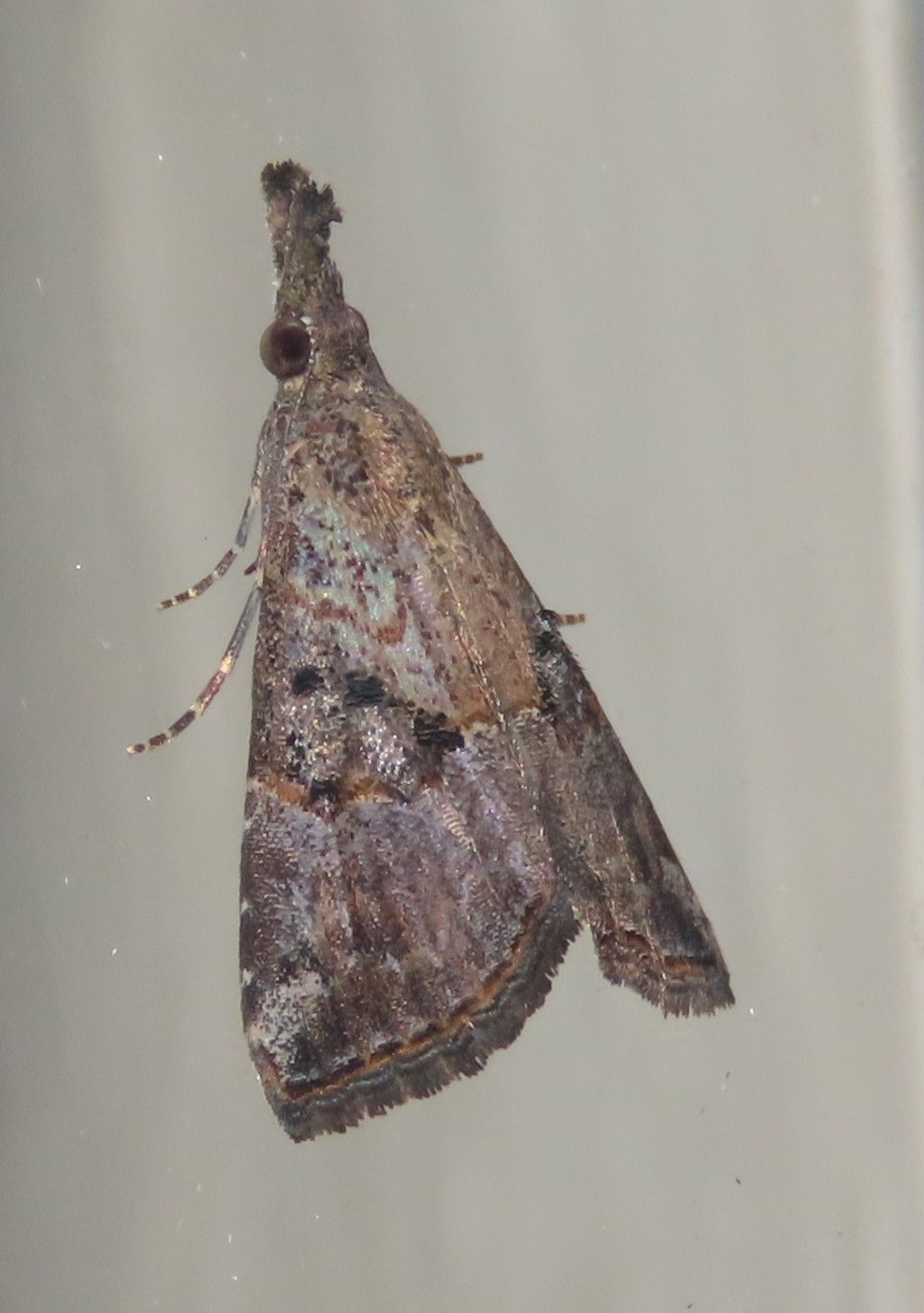
Sooty Snout (Hypena minualis)
Typical bugs are pale brown in the basal area and grayish brown in the distal area, with a jagged whitish PM line separating the two. A dark brown wedge sits above the PM line, but sometimes this wedge isn't very obvious and is only outlined in a black line or dots, like the bug on the right. Like the Green Cloverworm, they also show a pale wedge in the apical area. Recorded June to November.
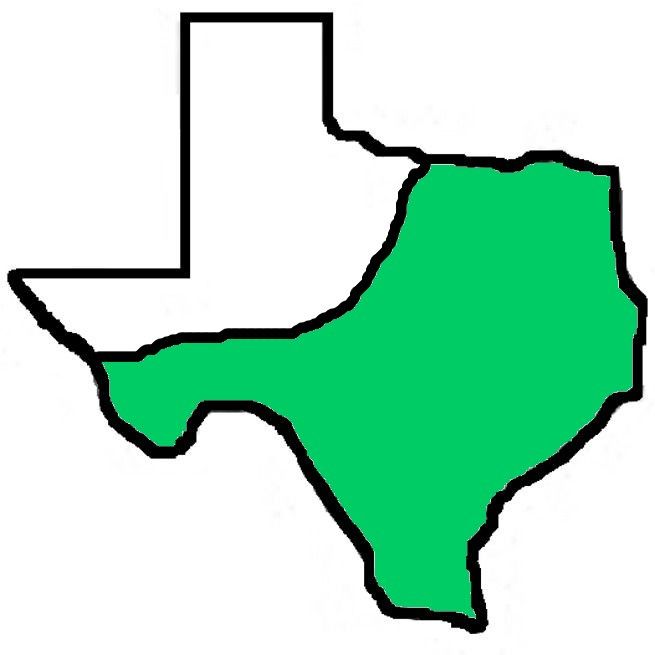

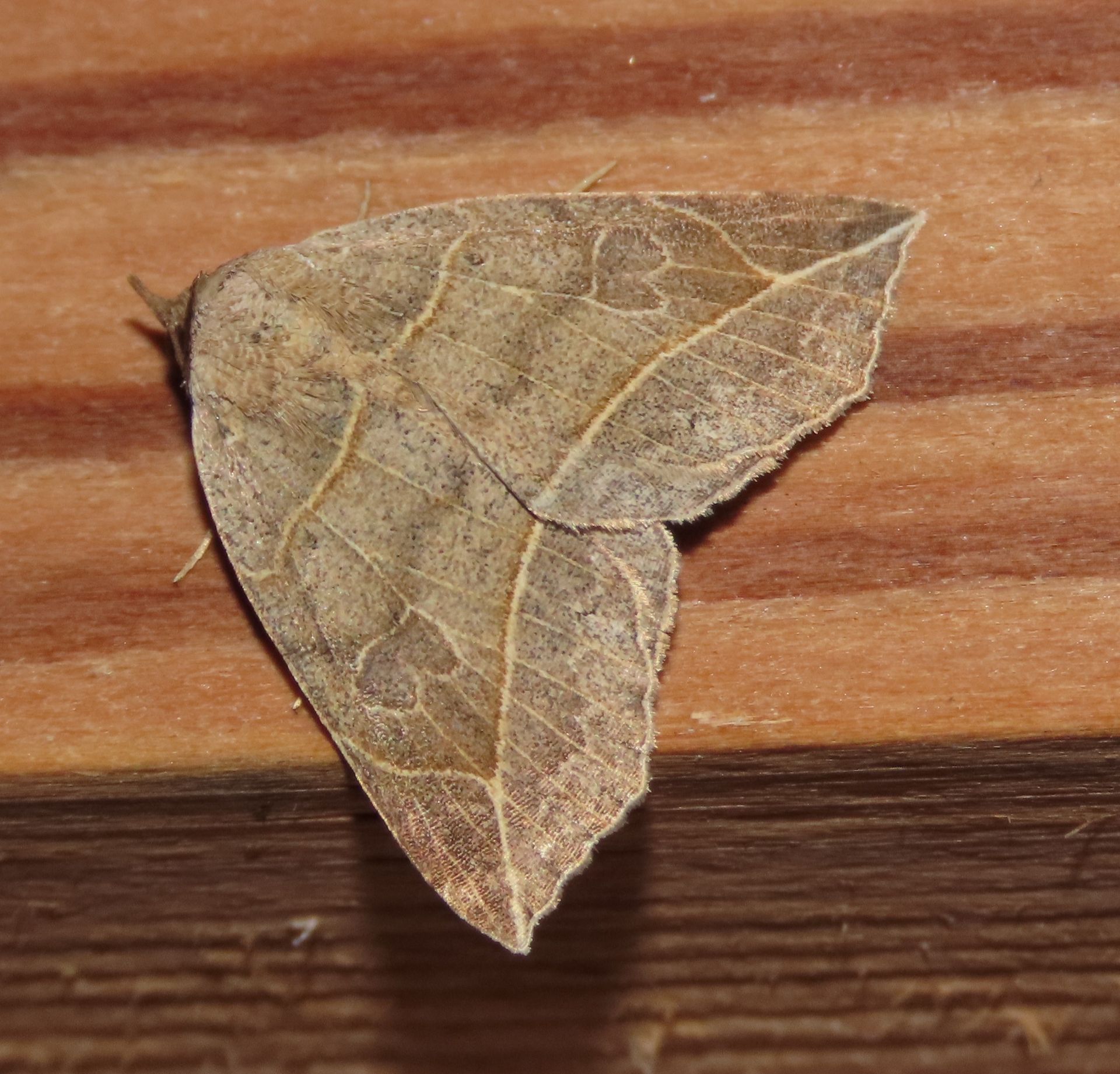
Thin-lined Owlet (Isogona tenuis)
This cape-shaped moth shows pale yellow veining, with more obvious pale yellow AM and PM lines. The PM line runs straight to the tip of the forewing, and the bean-shaped reniform spot is also outlined in yellow. Recorded March to July, with records in November.

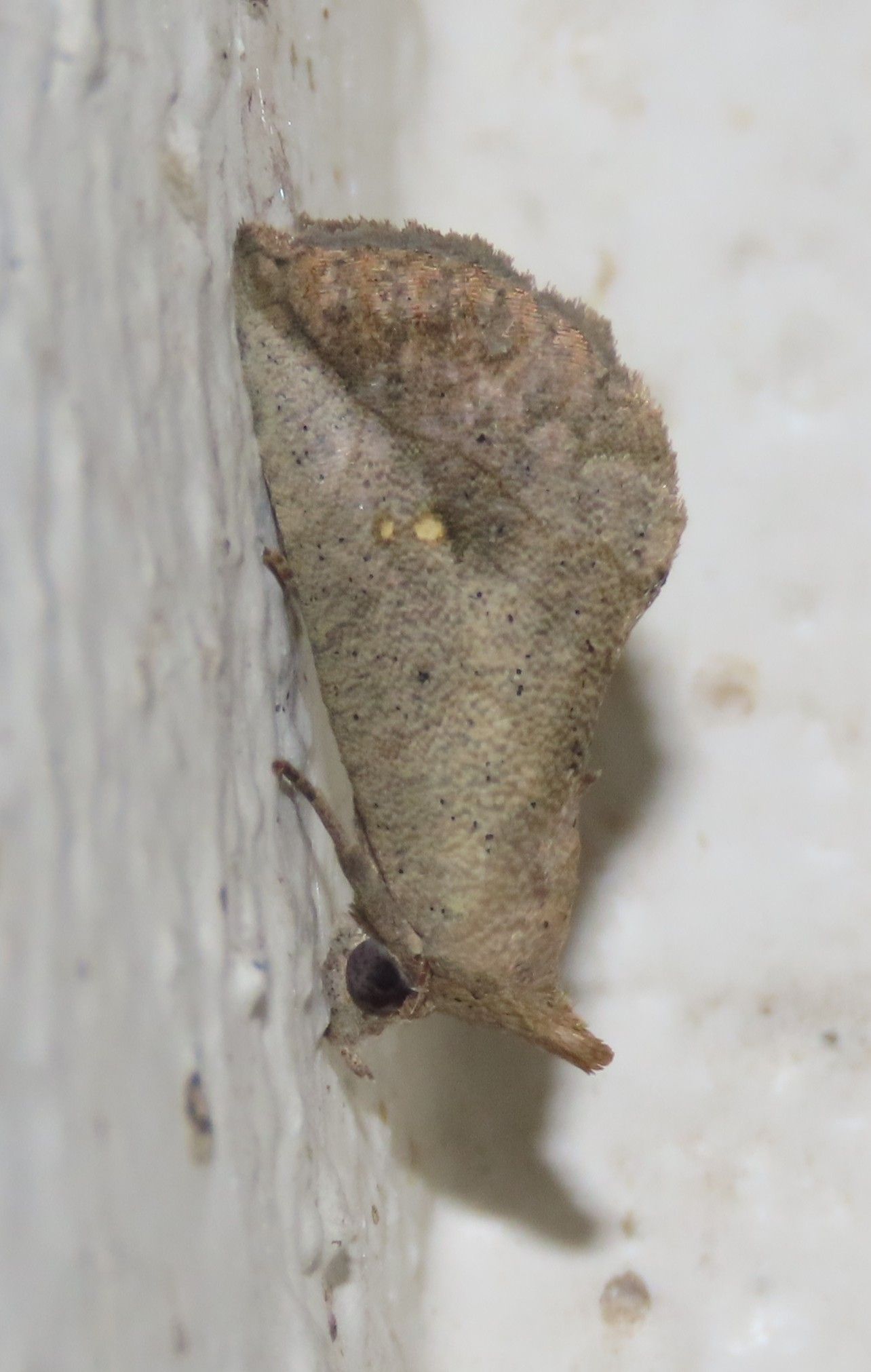
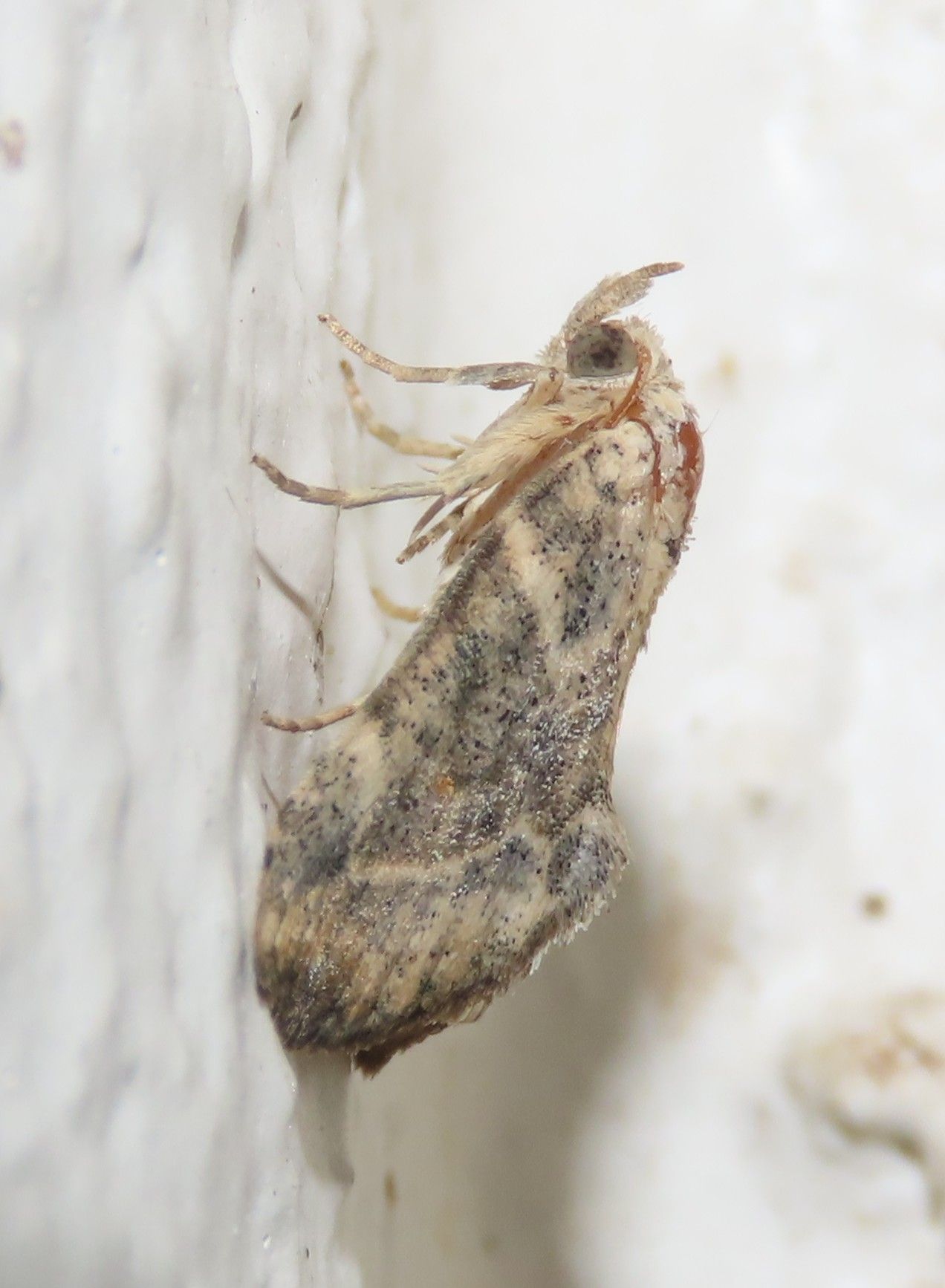
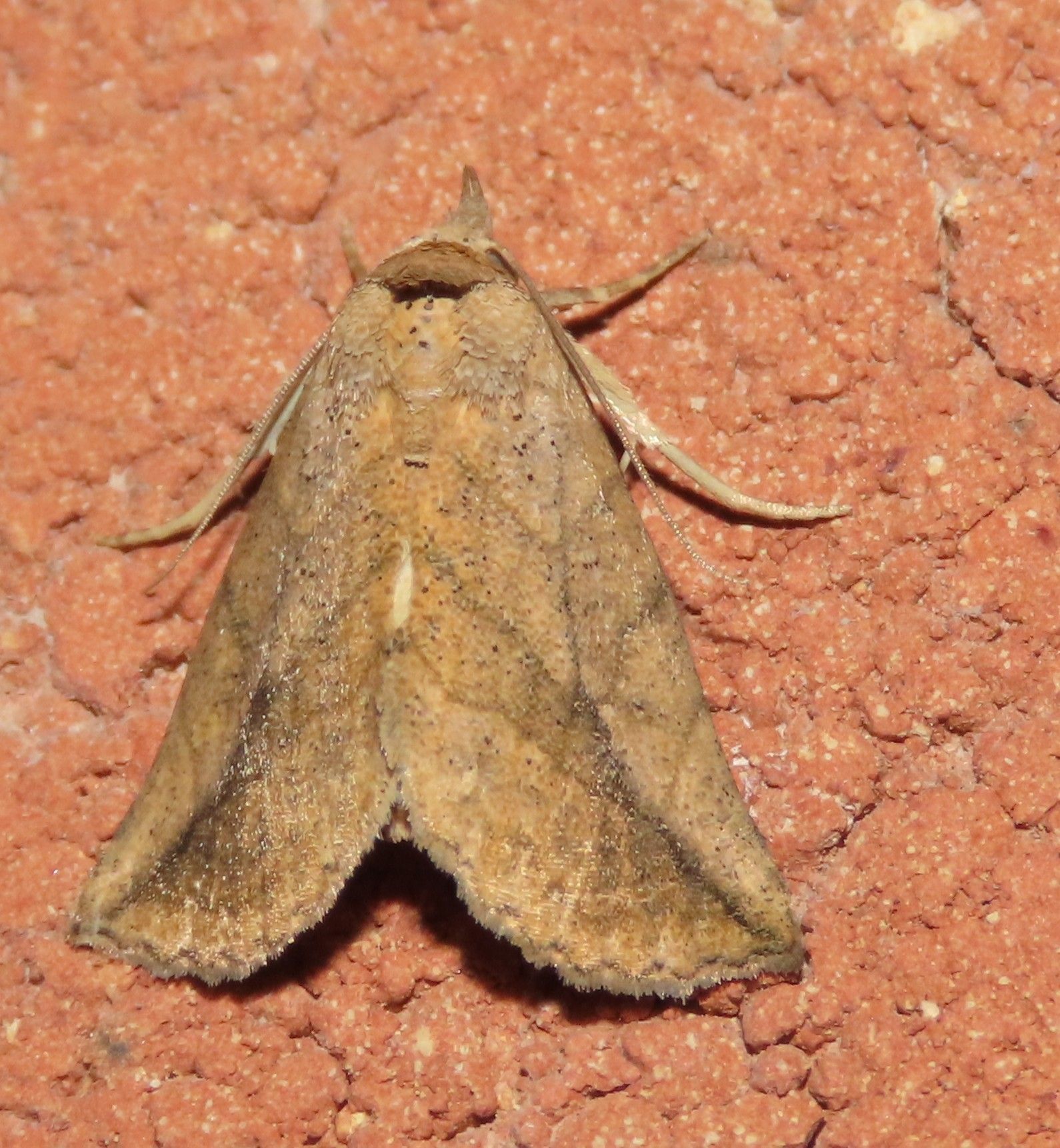
Snow's Owlet (Isogona snowi)
Variable. On most individuals, the PM line runs right to the wingtip, where it becomes dark, with darker shading along the inner edge. Two smaller orange reniform spots sit along this line. All Isogona moths have upturned palps, giving then a "rhinoceros" look. Recorded September to June.

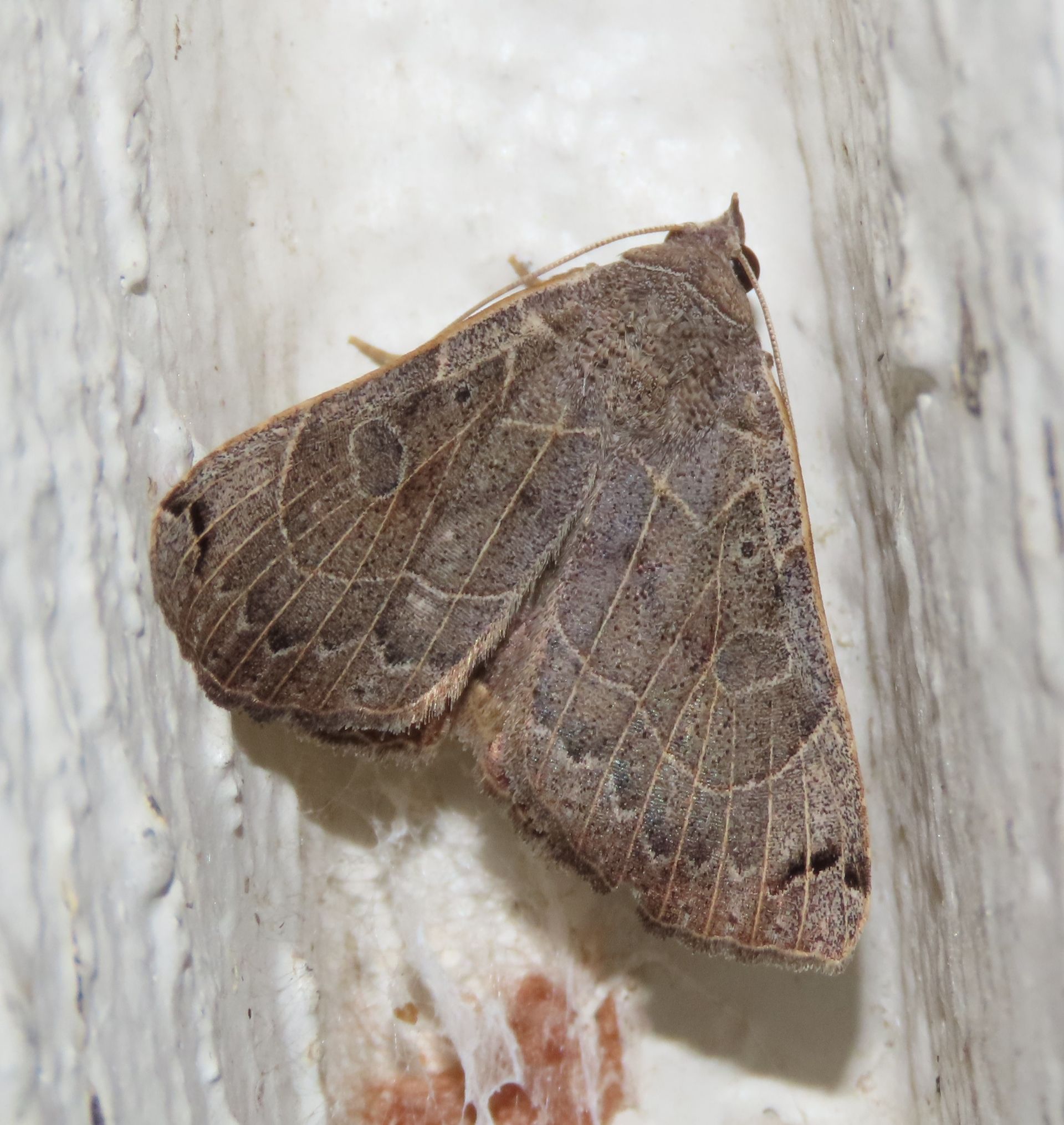

Splitting Owlet (Isogona scindens)
Shows yellow veining like the Thin-lined, but AM line is wildly jagged and PM line loops sinuously. Shows a rounded reniform spot that is usually filled black. Recorded July to September and November to December, with records in February and May.
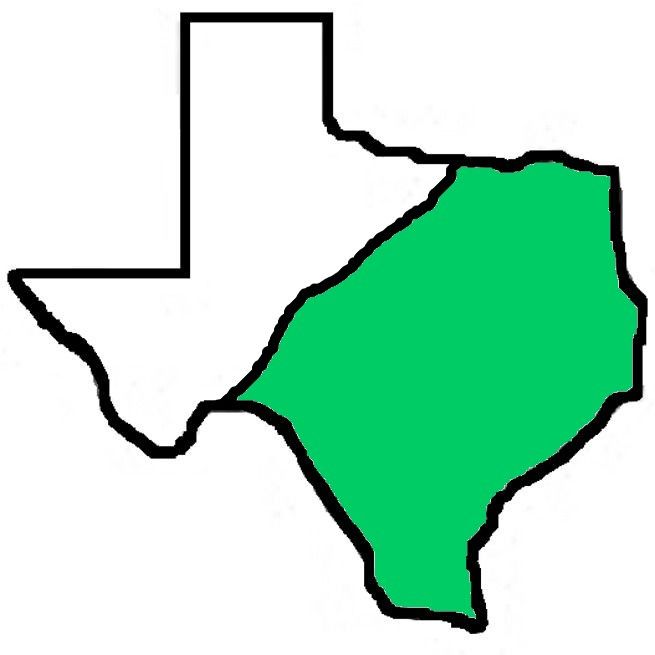
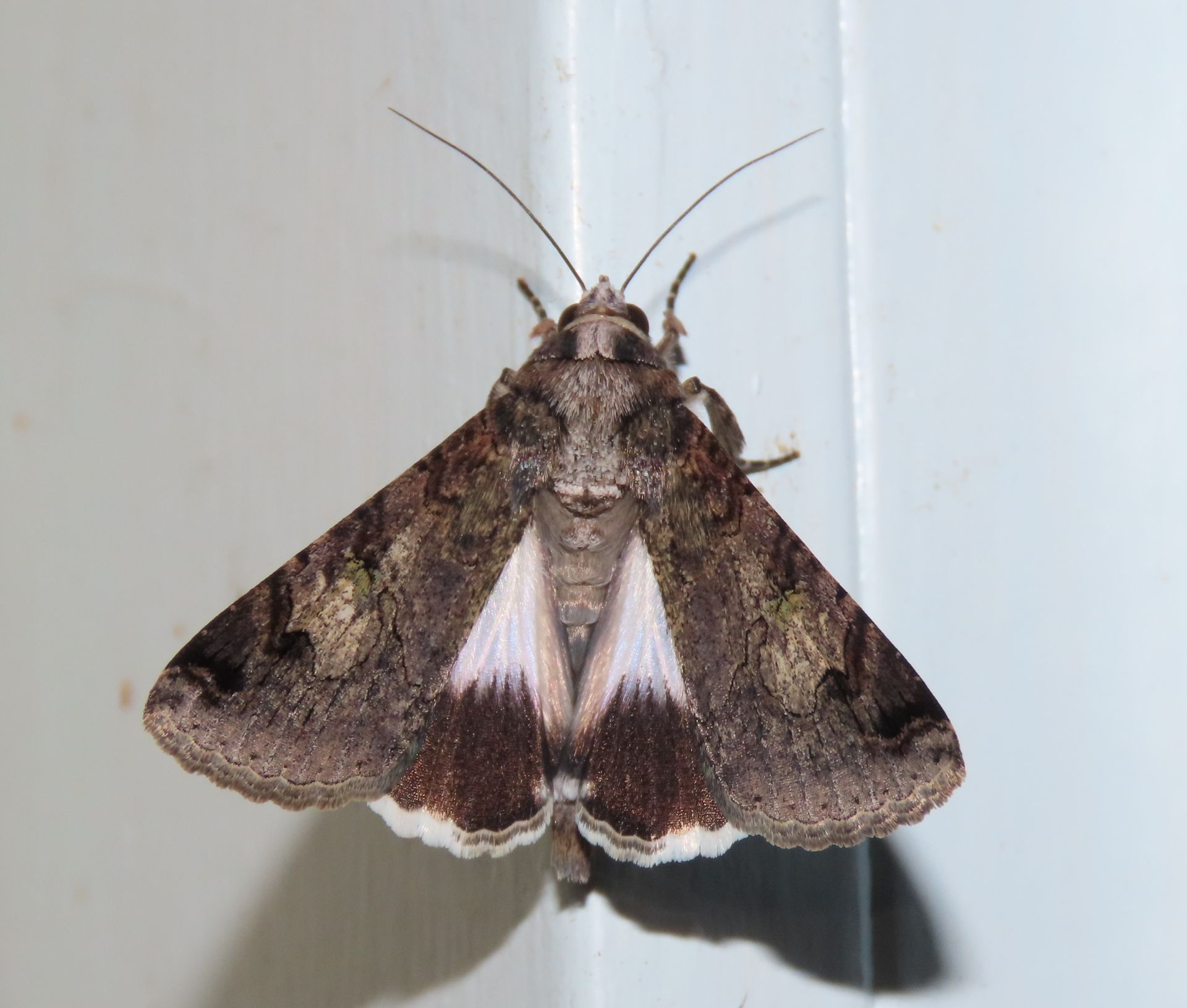
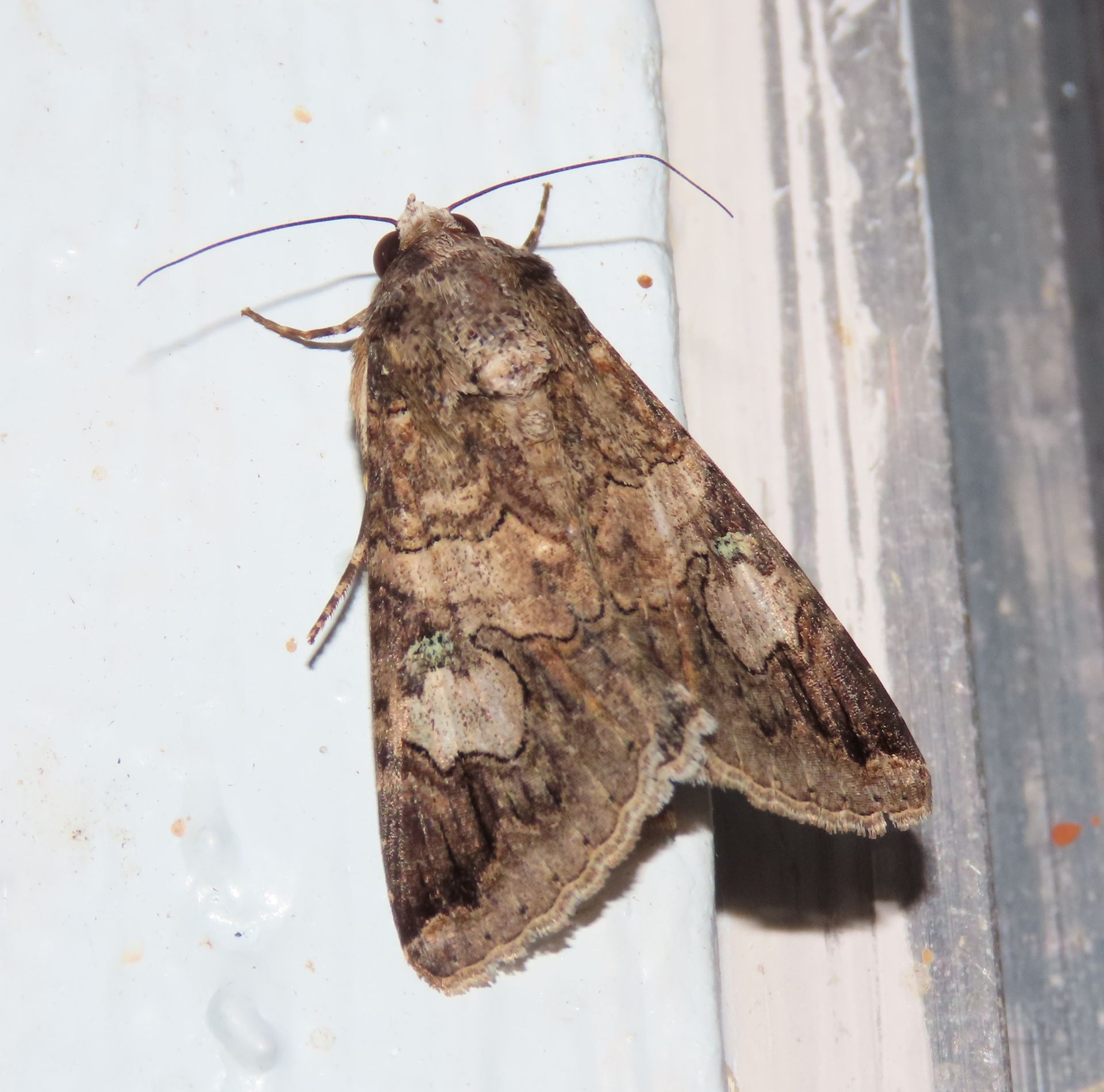
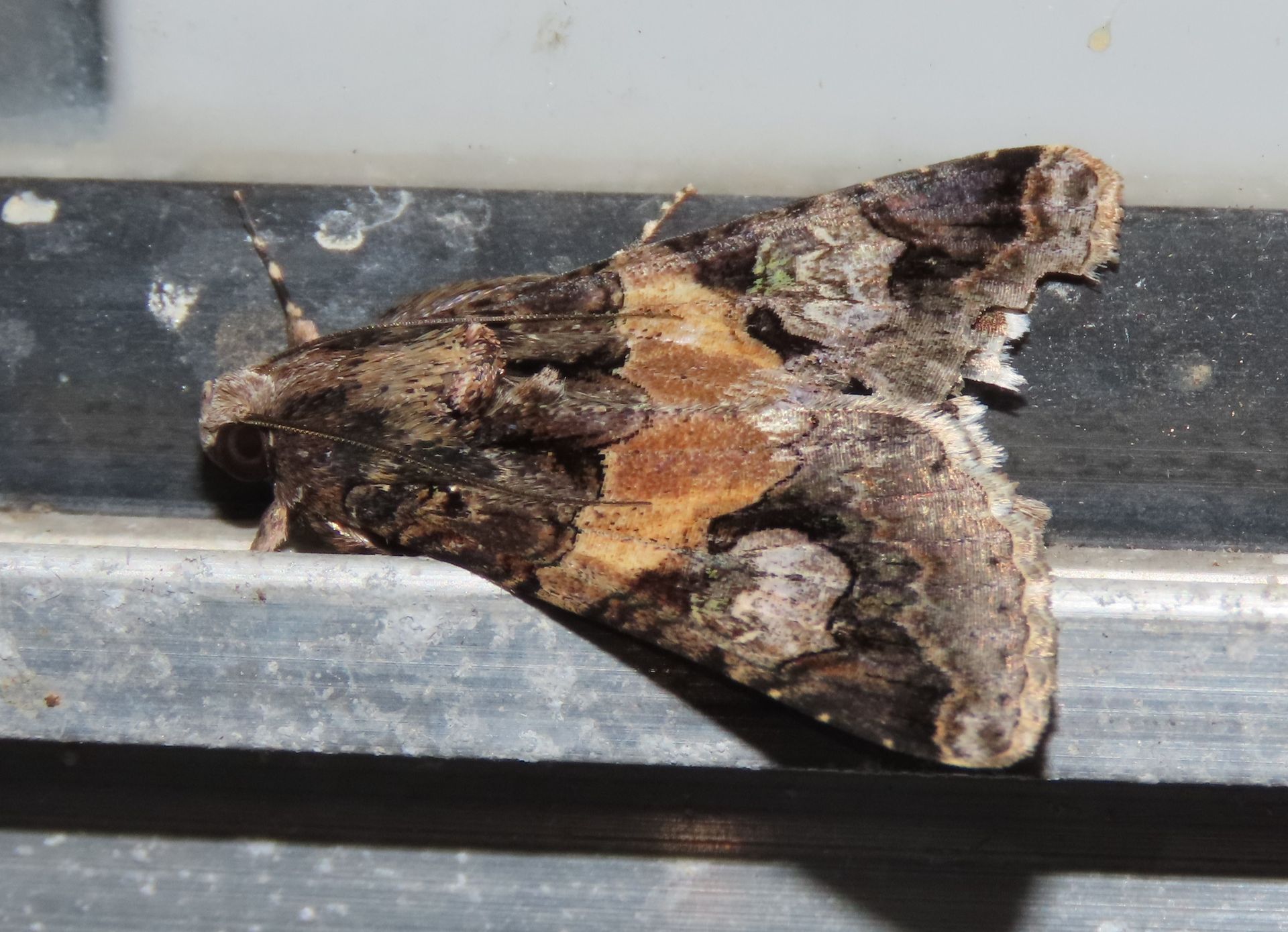
Hungry Graphic (Melipotis famelica)
Similar to the Indomitable Graphic in that its loopy PM line encircles a toothy white spot on each wing, but this spot is always capped by an oblong, greenish reniform spot. Median band can be bright ochre, pale brown, or almost nonexistent. Recorded November to March.
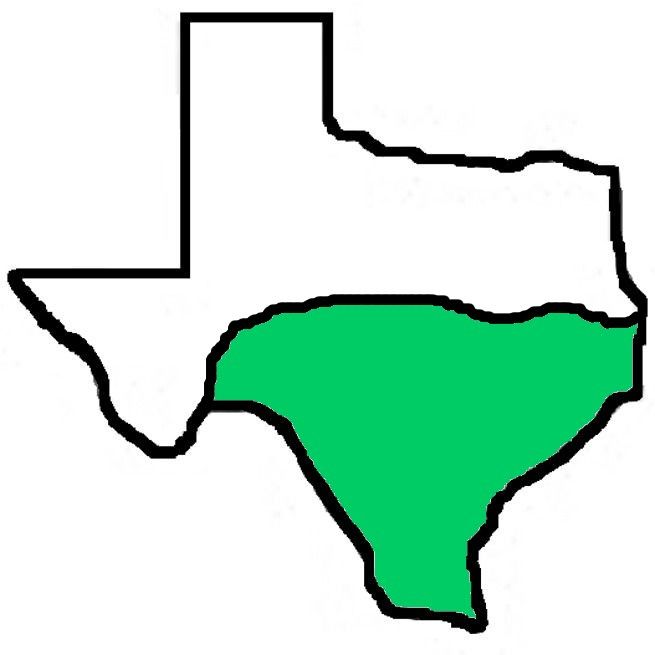
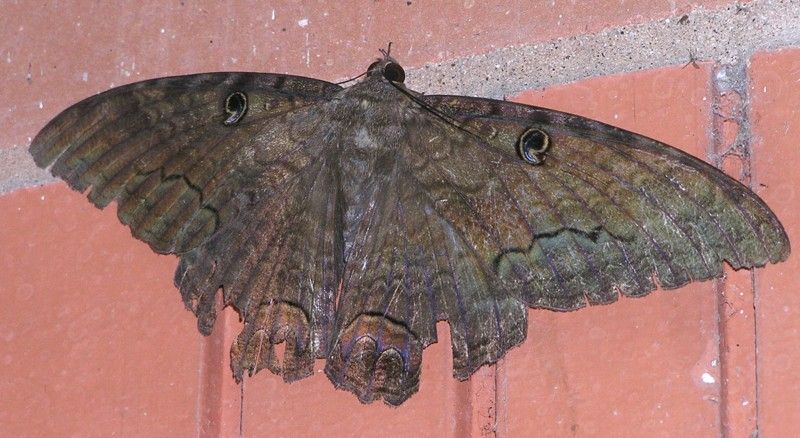
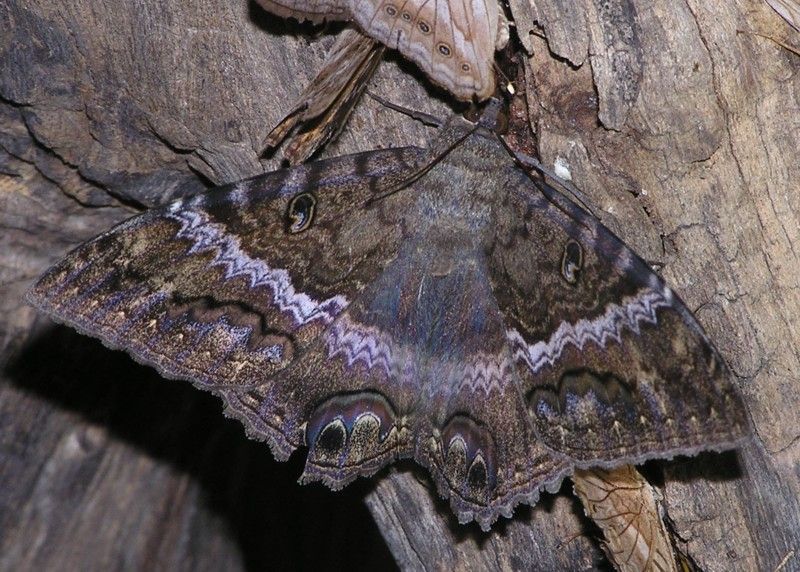
Black Witch (Ascalapha odorata)
This enormous owlet is the subject of much superstitious myth and startles even the most casual observer when they find one plastered on a wall! Both sexes have large eye spots in the forewing; females have a jagged white median band. Recorded July to November.

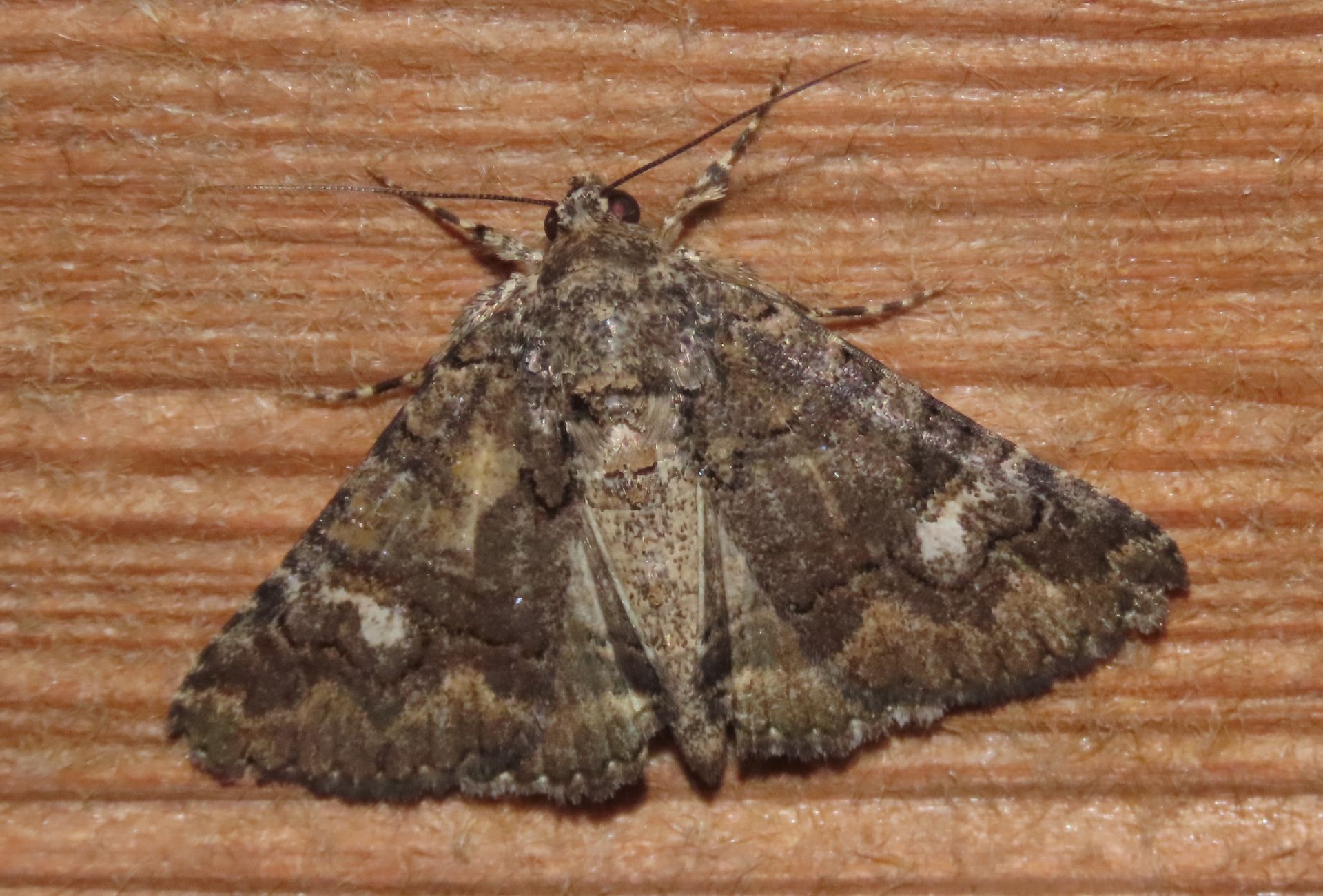
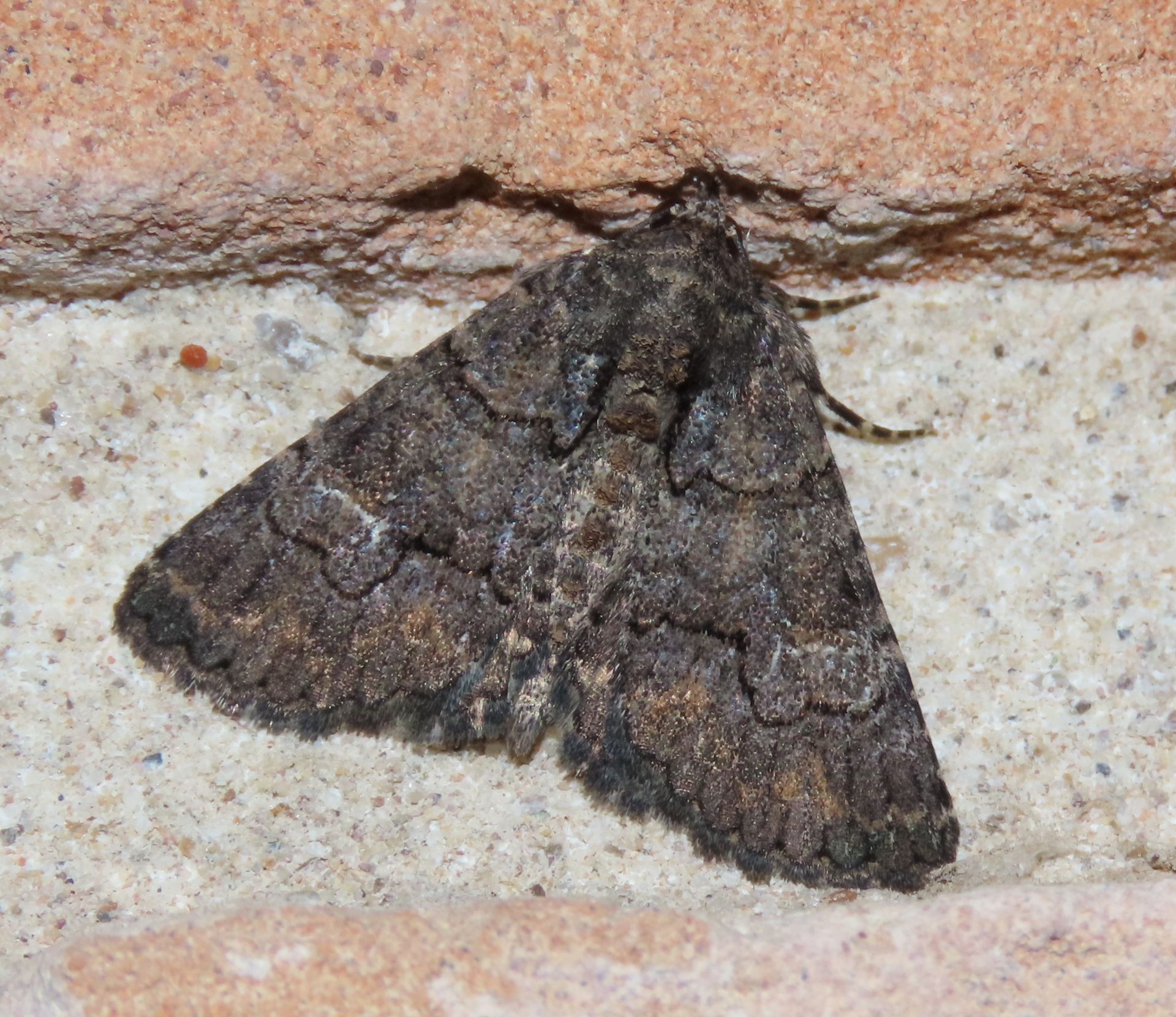
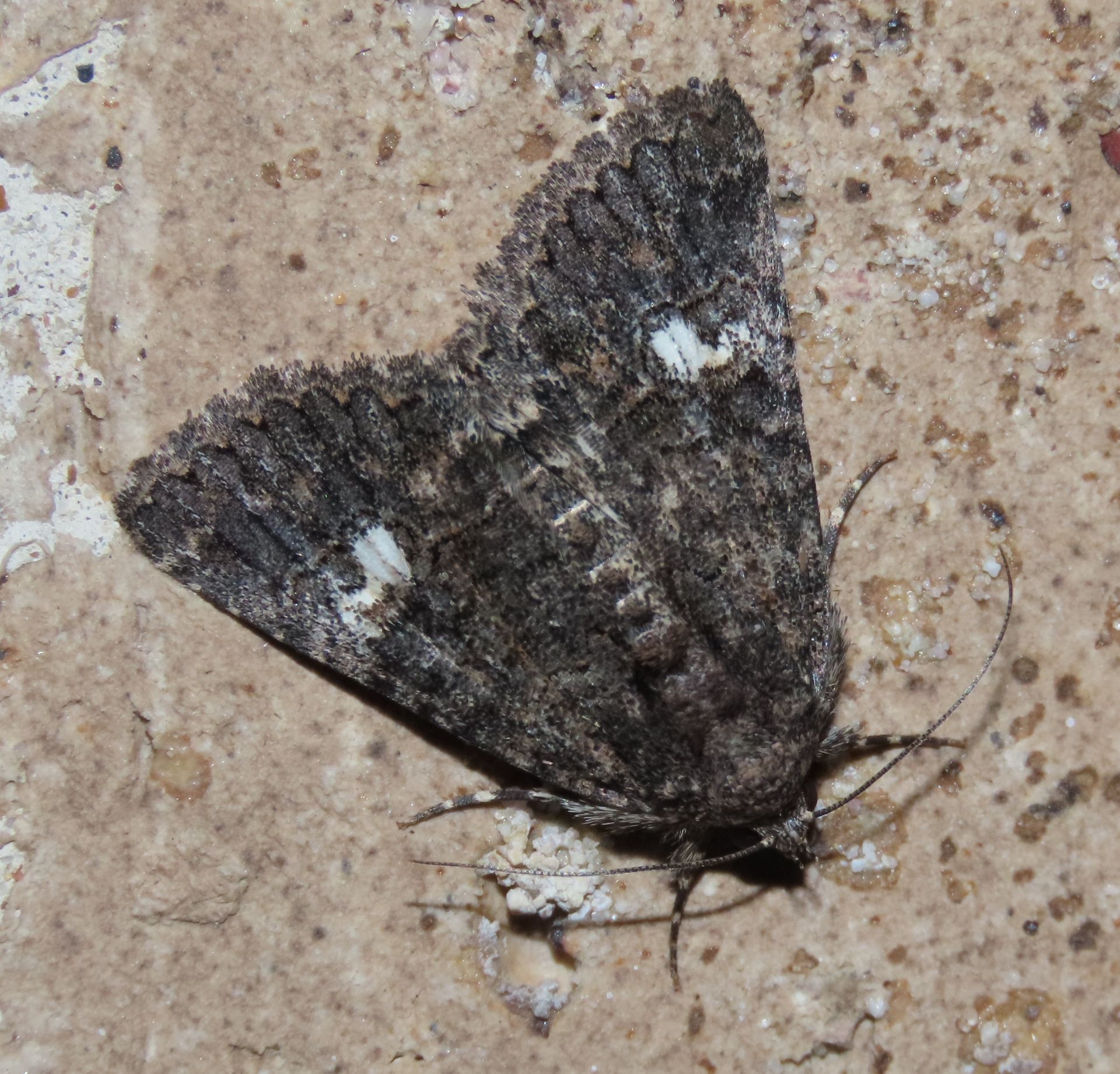
Mime Moth (Heteranassa mima)
A dark, sooty moth, similar to the Impartial Eubolina, but almost always shows some white in the reniform spot. The hindwings are pale at the base, blending darker towards the terminal area. Recorded February to November.
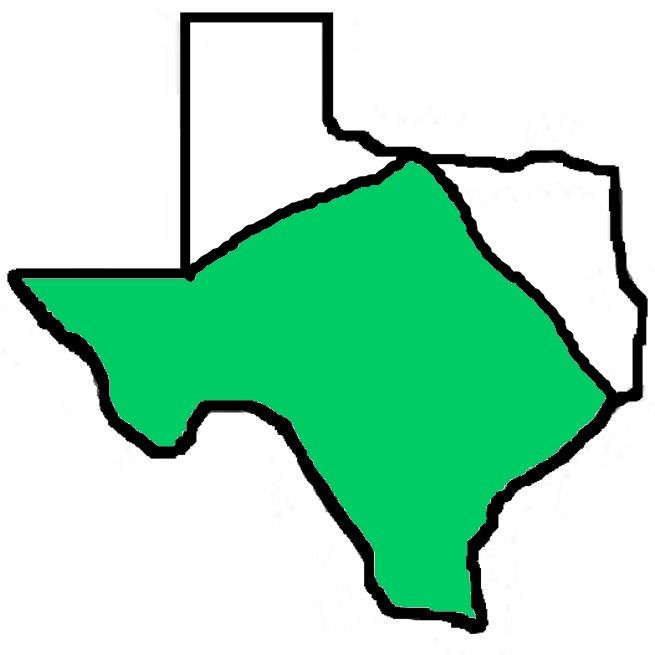
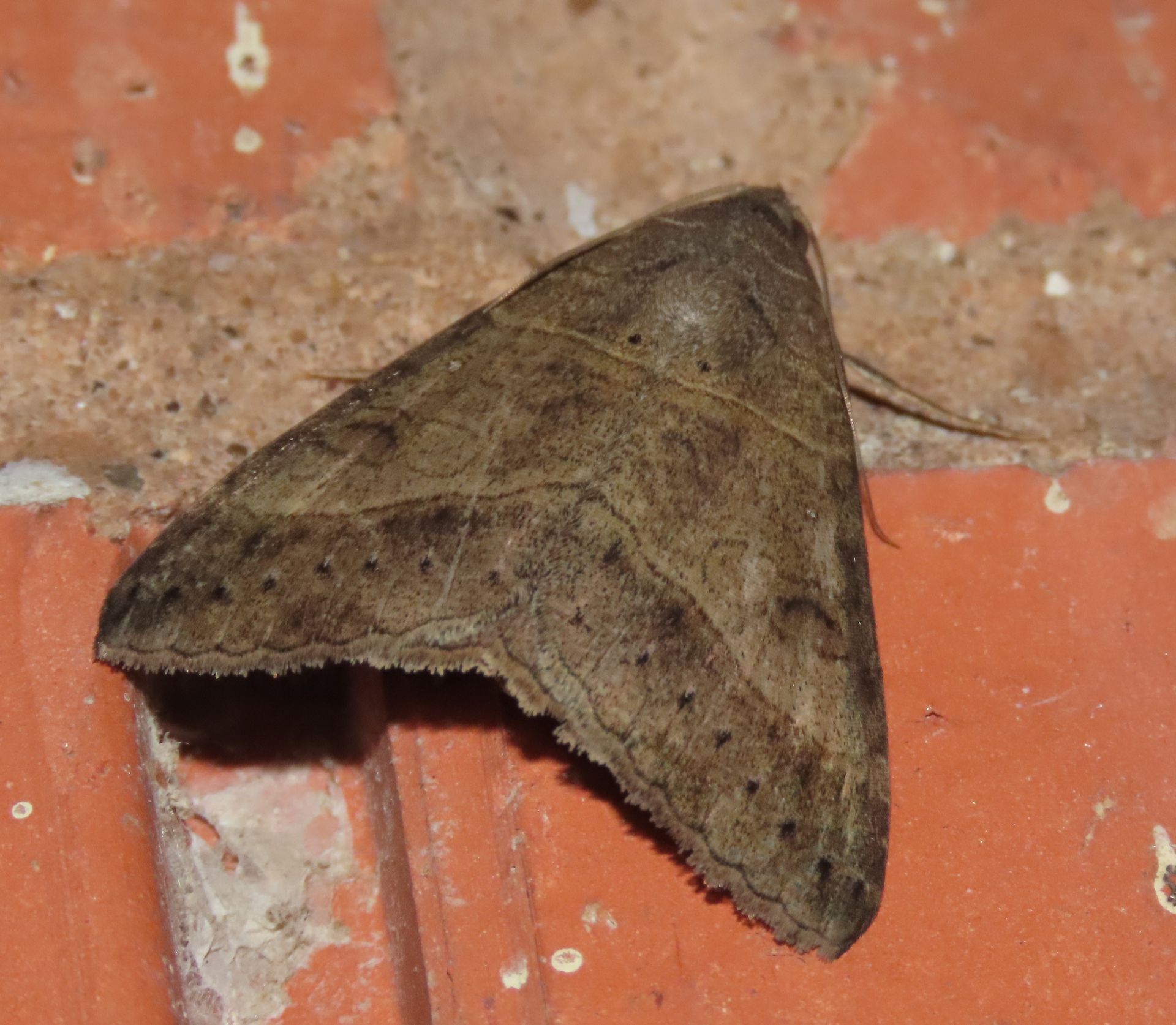


Small Mocis (Mocis latipes)
There are five mocis species that have been recorded in Texas, and all are very similar. The Small Mocis is unique in having both a reniform and a subreniform spot. They may or may not show a pair of black dots above the AM line, as in the bug on the far left. Recorded September to January, with records in April.

